Table of Contents
Mexico City Defies Its Negative Stereotypes
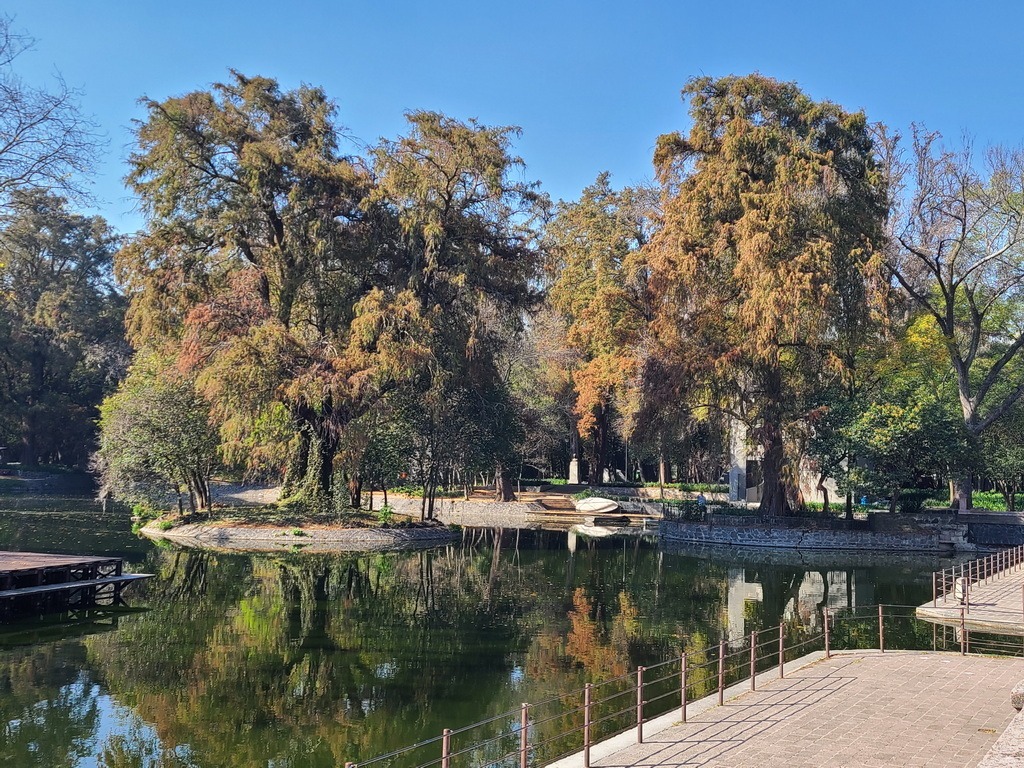
I’ll confess that for years I’d been uneasy about the idea of visiting Mexico City. I’d heard horror stories of crime, pollution, and traffic gridlock. Not appealing. But this year we decided we wanted to spend part of the winter in Cuenca, Ecuador, and the “easiest” way to get there from Edmonton seemed to be hopping a charter to Puerta Vallarta, from there a quick flight to Mexico City, and then onward to Quito in Ecuador, which is a 7-hour drive from Cuenca. Since we were going via Mexico City, why not stay and explore it a bit? DH had been several times on business, and was eager to share it with me. We are onto our fifth day now, and I’m loving it.
Surprise #1: Mexico is a Bike-Friendly City
Mexico is a fantastic city for cycling and commuting by bike. It is flat, the weather is temperate, and there are 270 km (~170 miles) of bike lanes, many of which are fully separated from the cars. Even on the streets which have no bike lanes, the drivers are generally respectful of cyclists.
On Sundays the city closes 50 km of the main streets (mostly on La Reforma) to cars and turns them over to cyclists, joggers, rollerbladers, and pedestrians.
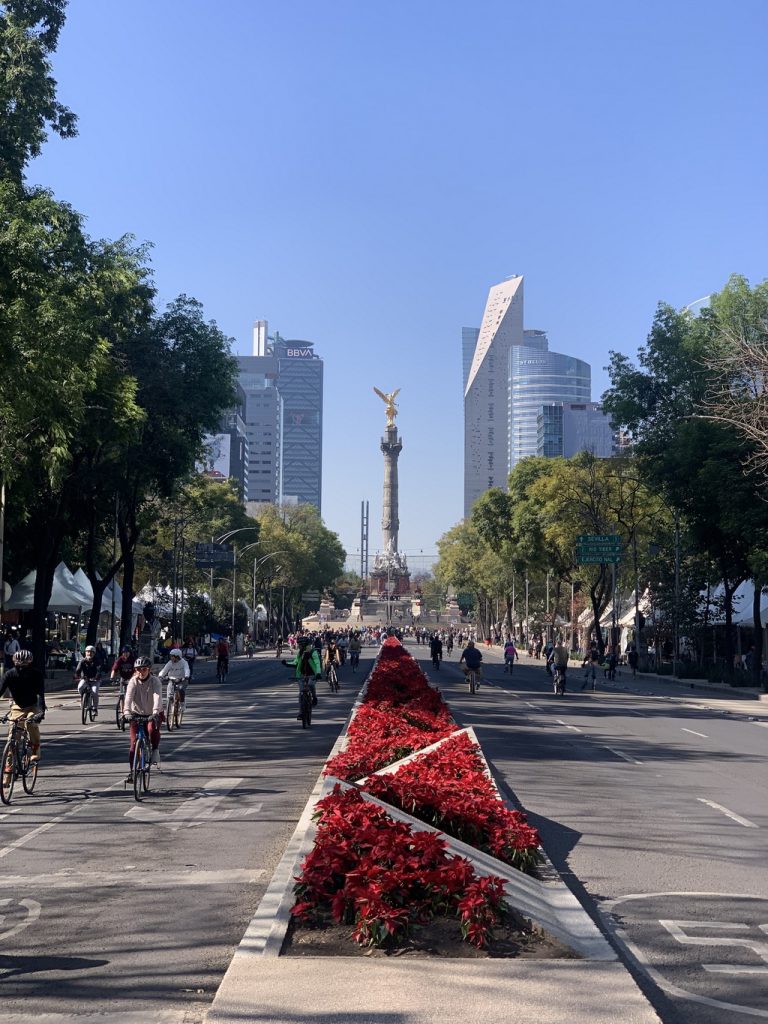
We experienced something similar in Lima, Peru, where the city closed much of Arequipa Avenue every Sunday morning. We always took advantage of it. I can’t remember whether in Peru you had to pay a small amount or just put down a token deposit (in addition to an ID card). In Mexico City you just give your ID and the bike is free for 90 minutes.
That said, you get what you pay for: the bikes were in rough shape, and they get snapped up quickly. In Peru they had bike stands where you could pick up a bike every few blocks. Here there is apparently only one place to get them, and it was a 40 minute walk from where we are staying even though the closed off streets run right next to our place. You can also rent an Eco-bici bike (one of the city-run bike shared ones), which is probably what we’ll do next week, and save the free bikes for people who can’t afford to rent them.
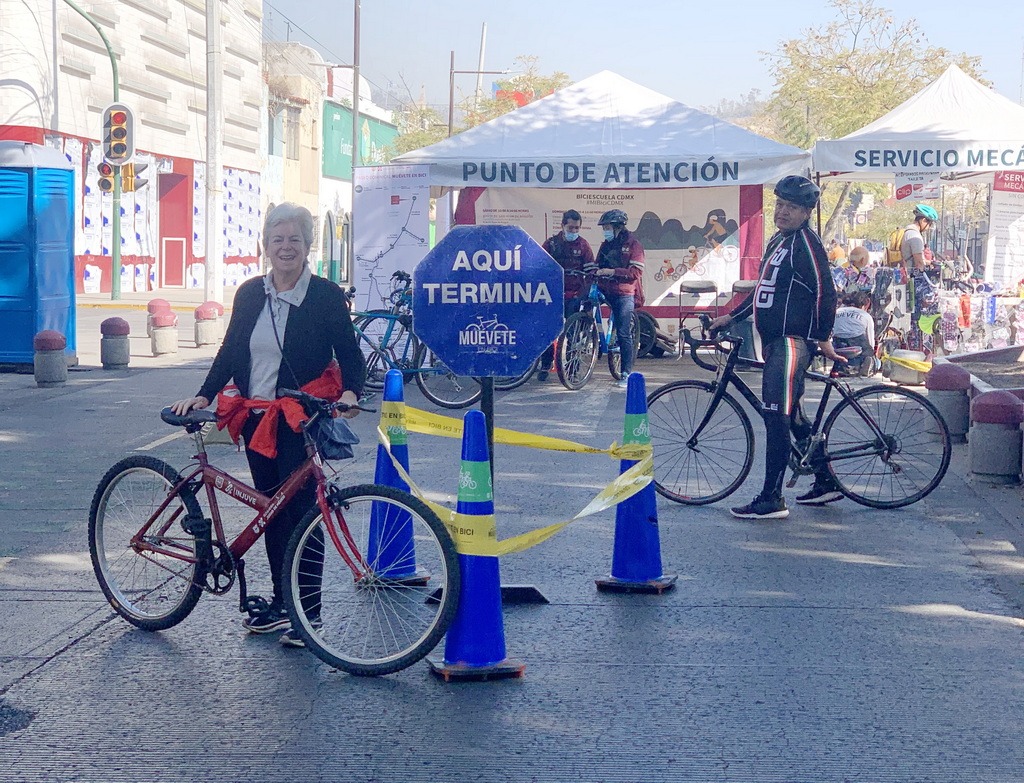
All along the 50 km there are free bike repair stands set up, and at every major intersection there are volunteers (maybe paid staff?) and/or police to ensure you stop to let cars cross through at the intersections where they are allowed to do so. They also give little pep talks reminding cyclists pay attention to each other and, especially, to the children on the route. There were sections cordoned off every few km where there were free bikes for children who were learning to ride, so they could practice safely.
One good thing about cycling this way in Mexico was that we got to go into one of the “red zones” – a poor and rough area that tourists are generally advised to avoid. Not a happy sight, but important to balance out the leafy loveliness of areas like la Condesa, where we are staying.
Other than the fact that we are not dog people, we definitely are Condesa people. It an is upscale yuppie neighbourhood. I’m astonished by how quiet the streets are in this area, even those that are multi-lane. They are all tree-lined, which helps, but it seems cars don’t generally try to cut through these neighbourhoods; they stick to the busy main roads.
Although it is remarkably quiet, you realize how densely populated it is when you go for a walk: every block has cafes, restaurants and shops. As I’d read elsewhere, in the 2,000+ colonias or neighbourhoods that make up the 24 million-person metropolis of CDMX (Mexico City) it is easy to just live in your neighbourhood and forget that you are in the middle of a huge city.
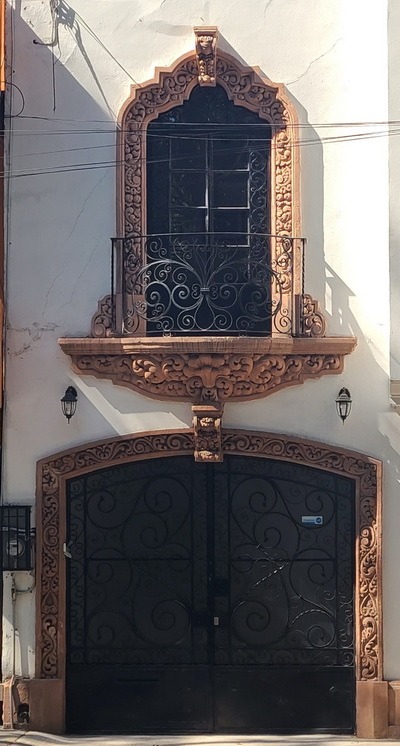
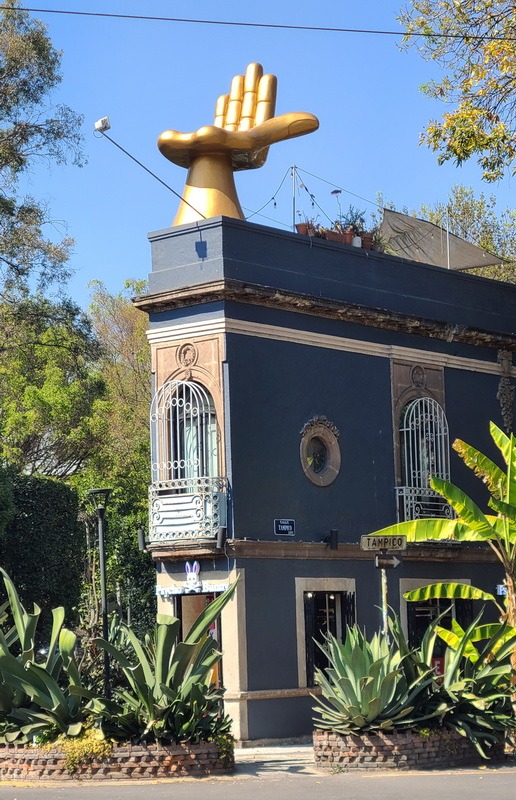
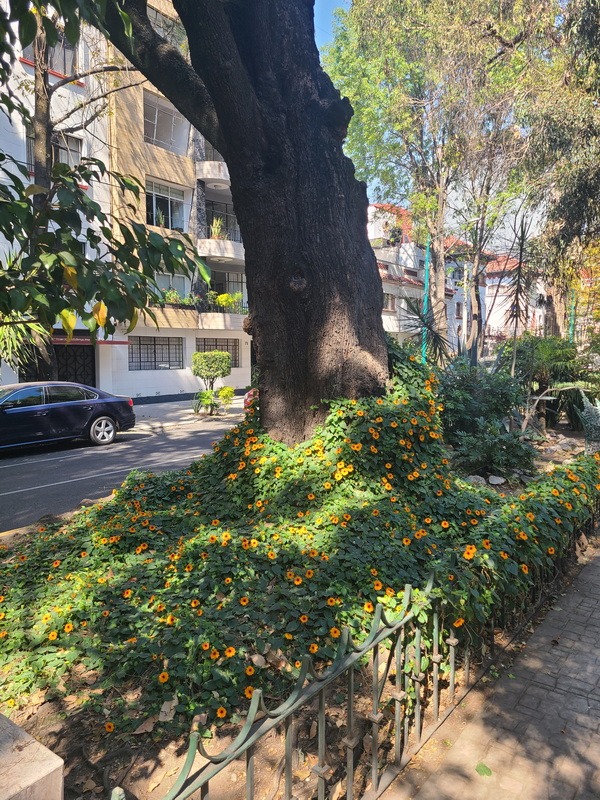
Based on my first few days here, I could easily imagine spending some of our winter months here if only it weren’t so hard on my asthmatic lungs. The city is at the highest altitude of any North American city and one of the highest in the world (2,316 metres or 7,600 feet). Even now, on our 5th day, my resting heart rate is much higher than normal, and I get winded quickly when walking. (Particularly if I’m trying to keep up to my DH’s normal fast-walking pace. I’m glad I finally broke down and got a Fitbit — when I’m able to show him that just walking I’m doing over 140 beats/minute, he realizes I’m not simply being a slowpoke.)
Here’s what we’ve done so far, in addition to today’s bike ride. Those of you who follow me on Facebook will already have seen my posts from the Anthropology Museum, at which we spent our entire first day, so you can skip ahead.
Anthropology Museum
So much history here; so many advanced civilizations before the Spaniards came and destroyed them all with guns and diseases in 1521. Despite my complaints about the Spanish Conquest, it is true that the locals weren’t exactly peaceful societies either. Wars, slaves, blood rituals and human sacrifice were a big part of the cultures.
(Click the arrows or swipe right to scroll through the images)
We spent a full day at the Anthropology Museum, and could easily have spent longer. I would recommend getting a tour guide if you want to go deeper. We’d hoped to hire one when we got there but it turns out you need to do so in advance.
They have a lovely restaurant on-site, where we had lunch. Expensive, but excellent quality. They have a full-time staff member on the terrace making fresh guacamole for appetisers. They also took great care re my allergies.
Off-the-Beaten-Track Food & Bike Tour
Our guide Raoul, from Food Hood Tours took a small group of us eating, drinking and cycling out of “the bubble” (the common tourist zones). This Off-The-Beaten-Track tour took us to the Santa Maria la Ribera and San Rafael districts.
He included a bit of recent history. For example, when we cycled past an encampment with posters of “missing” youth, he filled us in on the history. The first part of the story took place in the lead-up to the 1968 Olympics in Mexico City. Students who were protesting in Tlatelolco Plaza got shot at and bulldozed by the military and police, who were trying to assure the International Olympic Committee that they had everything under control and they shouldn’t pull the games. To this day the tally of students killed is unknown, but it was likely in the hundreds, possibly even as high as 3,000. Since then there has been an annual remembrance march.
Part 2: In 2014 rural students from Ayotzinapa wanted to join the annual protest, so they commandeered a few busses to get them to the capital. This “borrowing” of busses was a tradition that had long been accepted by the local bus companies. What they didn’t realize was that a couple of the busses they borrowed were hiding a huge stash of drugs. The drug cartel did not appreciate this, and the police/military were in cahoots with them. The students were soon forced off the busses. Some were shot, others were taken into custody. To make a long story short, 43 students disappeared.
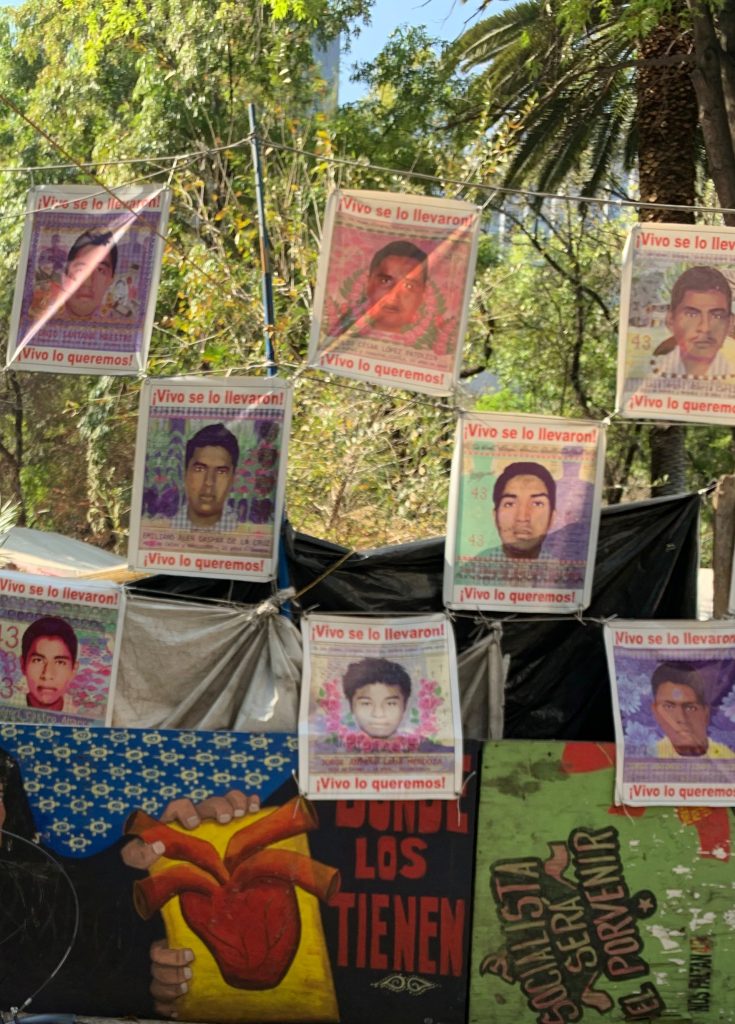
At first the police tried to claim they had run off and hidden in the forest, but that claim became harder and harder to justify as the years went by with no word from any of the missing students. The current President finally called for an enquiry. The government ultimately acknowledged that the students had been murdered and their bodies destroyed, although they are still vague about who was responsible. You can read more of the details about the murders here.
Our morning “snack” stop was at a street vendor known for their blue corn sopes. (A sope is kind of like a thick tortilla.) Although generally leery of street food, I figured the tour company wouldn’t take clients to a spot were they were likely to get sick, and that assumption proved correct. The food was delicious.
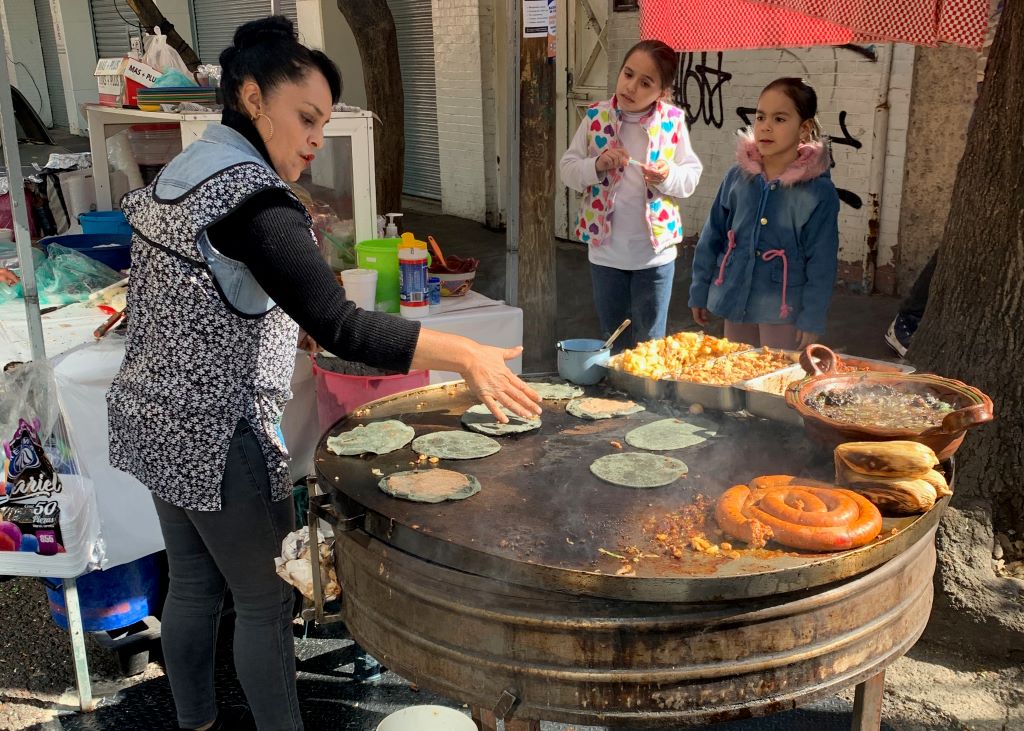
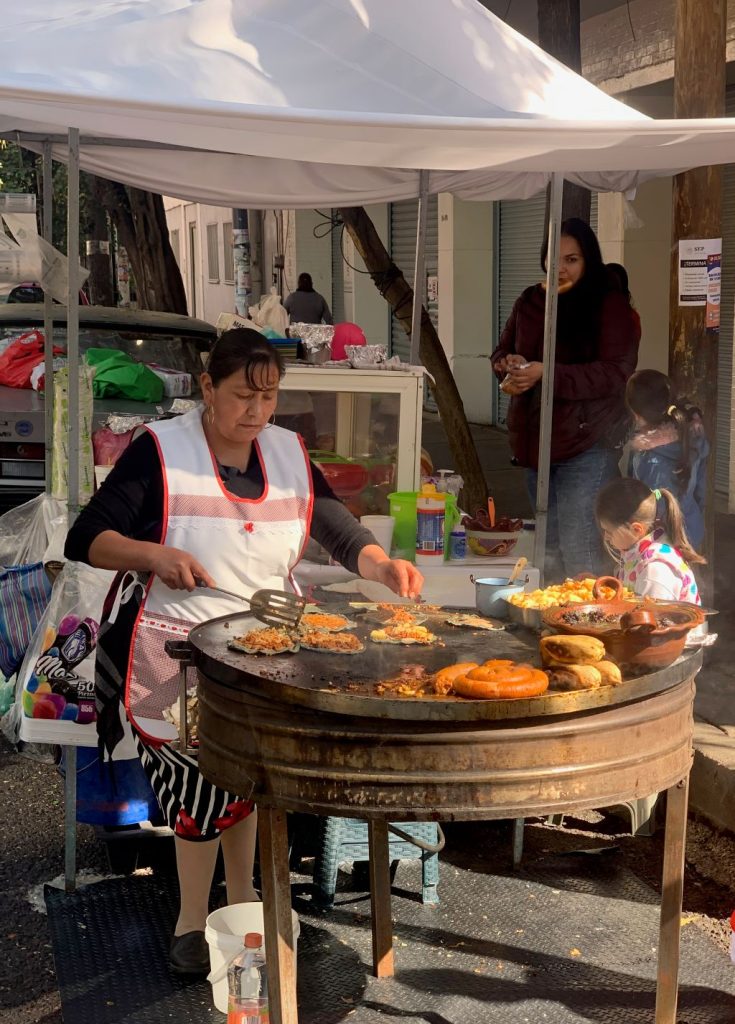
Far too soon it was time for lunch, at a Oaxaca specialty restaurant. More hearty food: this time it was a tlayuda. It is yet another version of things you can do with corn-based dough (in this case, a large toasted tortilla), refried beans, cheese, and meat. This one also has shredded lettuce, avocado, sour cream and some kind of sauce. I think we could all have used a nap to sleep off all the heavy food, but instead we got back on the bikes for some more touring.
Later we stopped at a traditional pulque bar. Pulque has been made here since ancient times. It comes from an agave plant (the same ones used to make tequila) that is at least 15 years old. The pulp at the core of the plant is fermented.
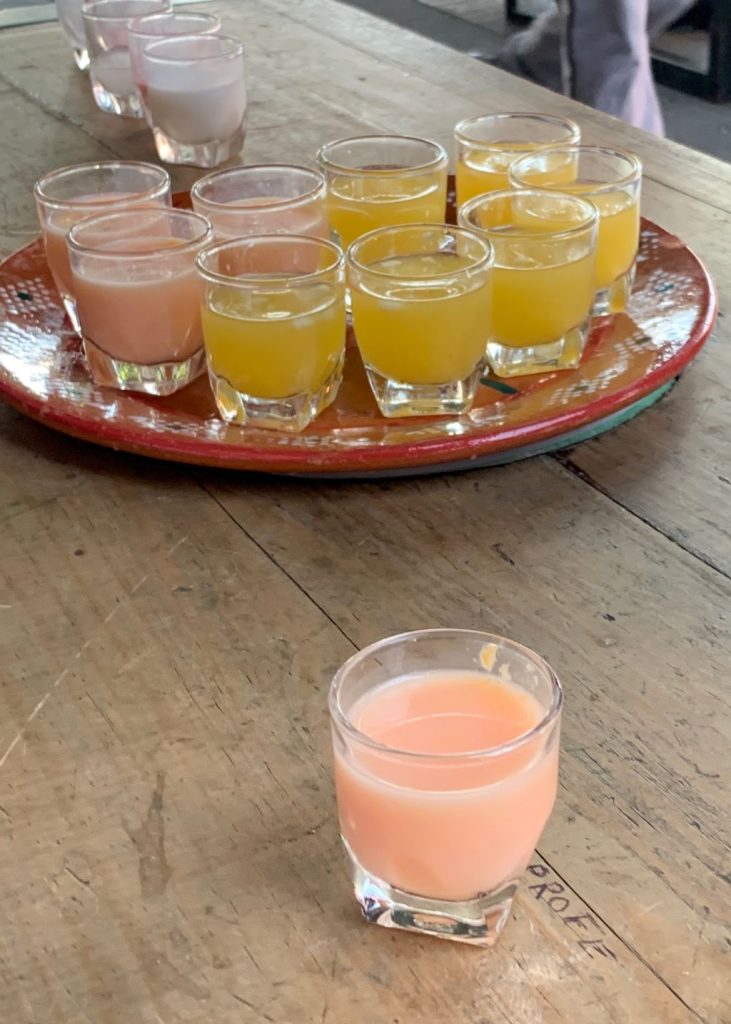
We had a pulque “flight” so we could sample many different flavours. Can’t say I’m a huge fan of the drink. It is kind of slimy, and the unflavoured version was not appealing. Raoul complained that the pulque served in the tourist zones has way too much sugar in it, to try to make it more appealing to the tourists. At this non-tourist bar even the fruit-based versions we tasted weren’t super-sweet. The strawberry one and another that was mandarin orange flavoured weren’t bad. They tasted a bit like a flavoured yogurt drink, with a kick. DH also liked the coconut version, which I couldn’t taste because I’m allergic to it. There were some locals there watching how we reacted to the drinks. One of them said her favourite was a tomato-infused version, which they didn’t have on tap that day. She urged us to come back and try more flavours.
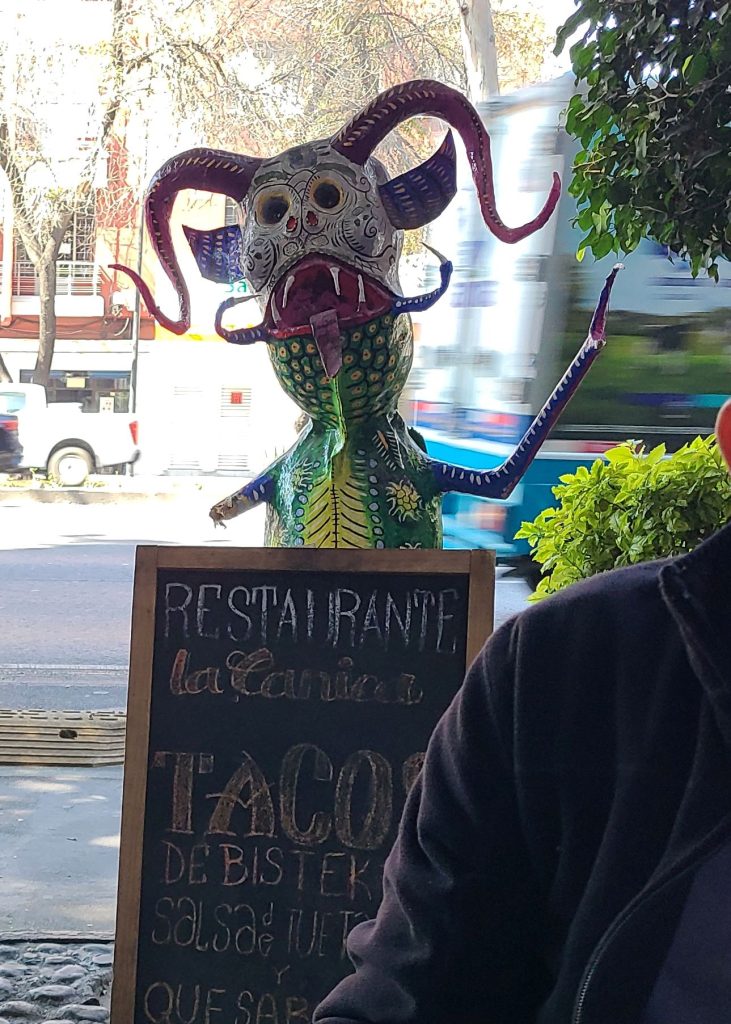
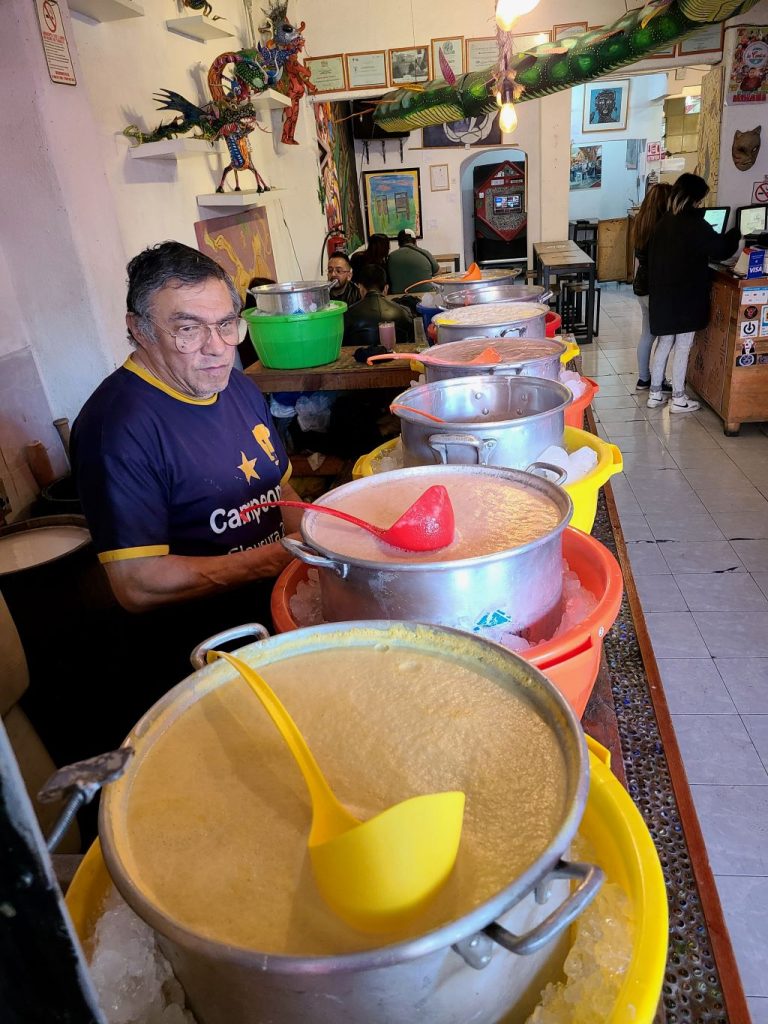
Apparently in the 1950s some breweries trying to get into the Mexican market successfully spread a false rumour that pulque contained cow feces. It used to be that banana was put into the barrels to help the fermentation process. The bananas would turn dark when exposed to the liquid. If you opened a barrel and looked inside, you’d see what looked like poop but was actually banana. That put off even Mexicans whose families had been drinking pulque for centuries. In recent years, as part of the movement to reclaim their ancestral traditions, pulque has had a renaissance. They now use apples in the barrels to avoid any possible confusion.
We ended the day at a bar serving “michelada”. It is a mixture of beer, lime juice, hot sauce and salt, with a tamarind paste encrusted with sesame on the rim. (I skipped that, obviously, as sesame is deadly to me).
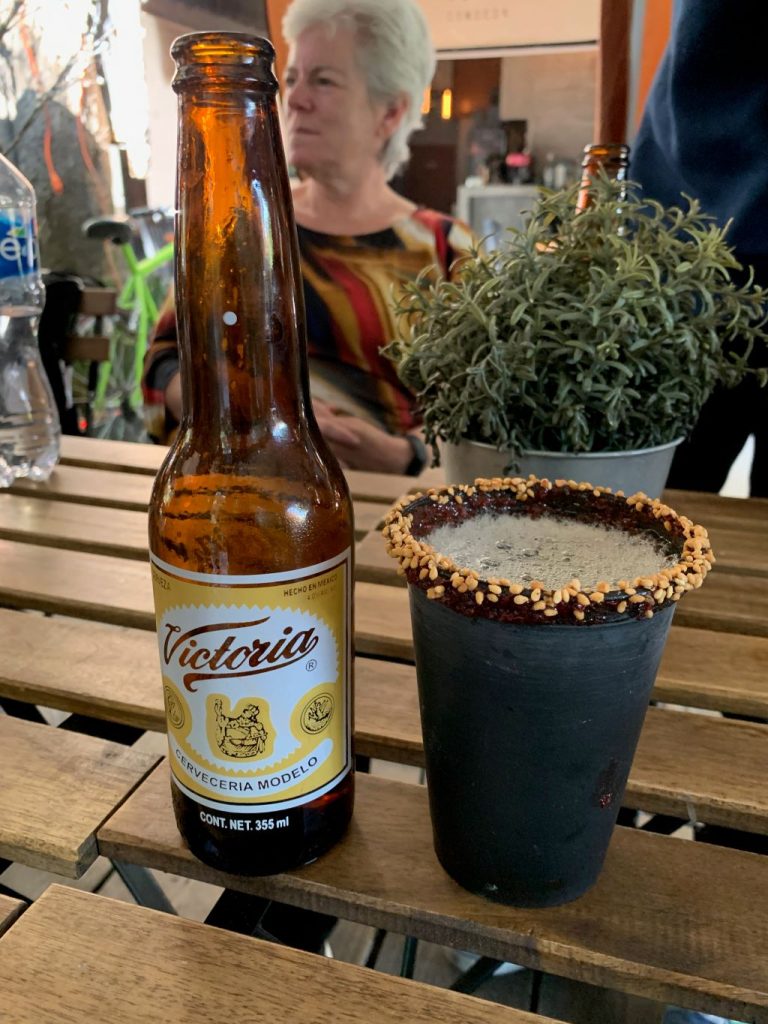
Other trivia tidbits from Raoul: the X in Mexico comes from the Spaniards, and really the country shouldn’t be called Mexico at all. The original pronunciation was more like Meshico, but the Spanish used the sign of the cross for anything unfamiliar and therefore ungodly to them. Over time, in handwritten documents, the cross got tilted onto its side and became an x.
More from Mexico City coming soon. Here’s the 2nd installment of my Mexico City series.

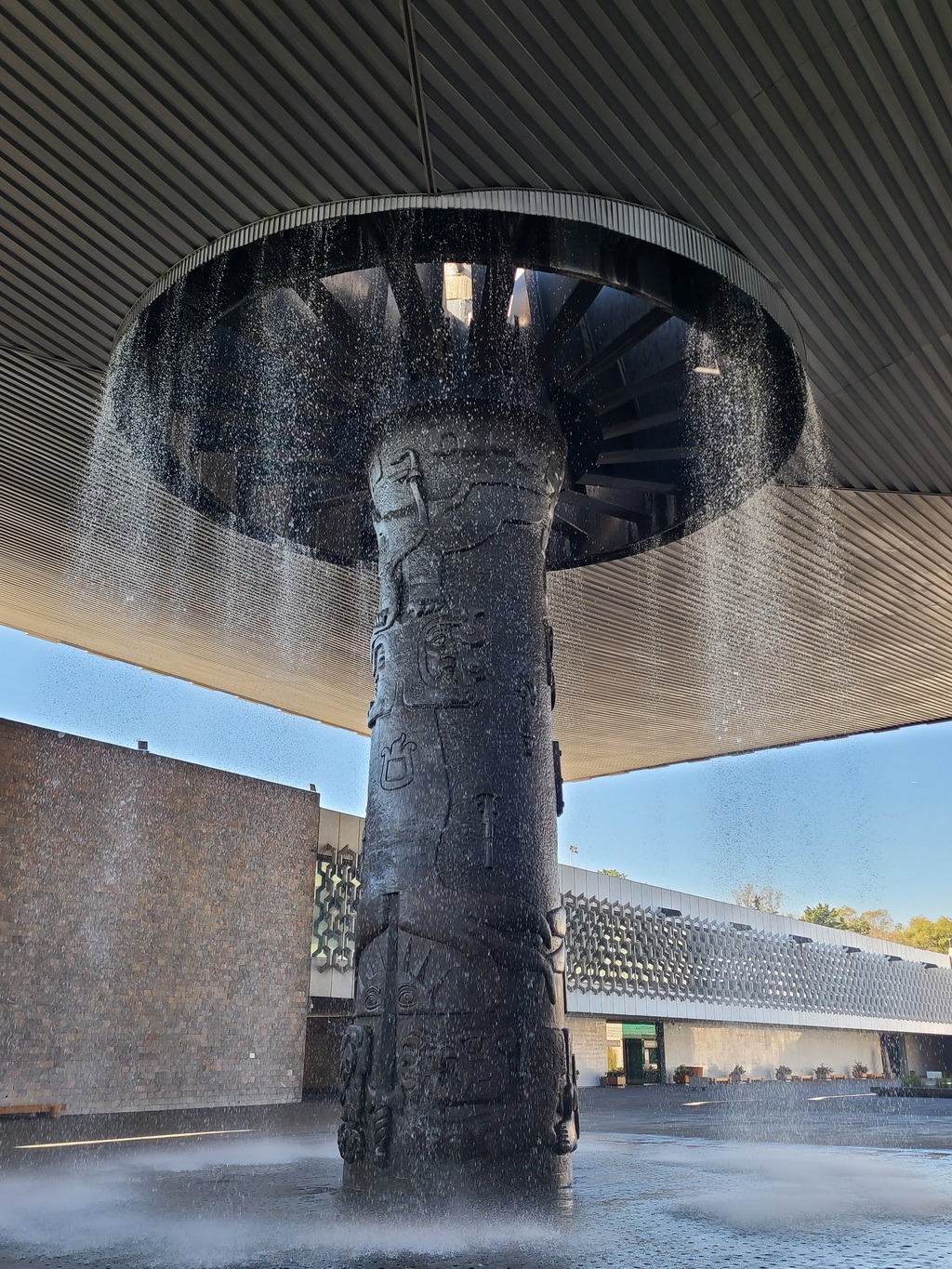
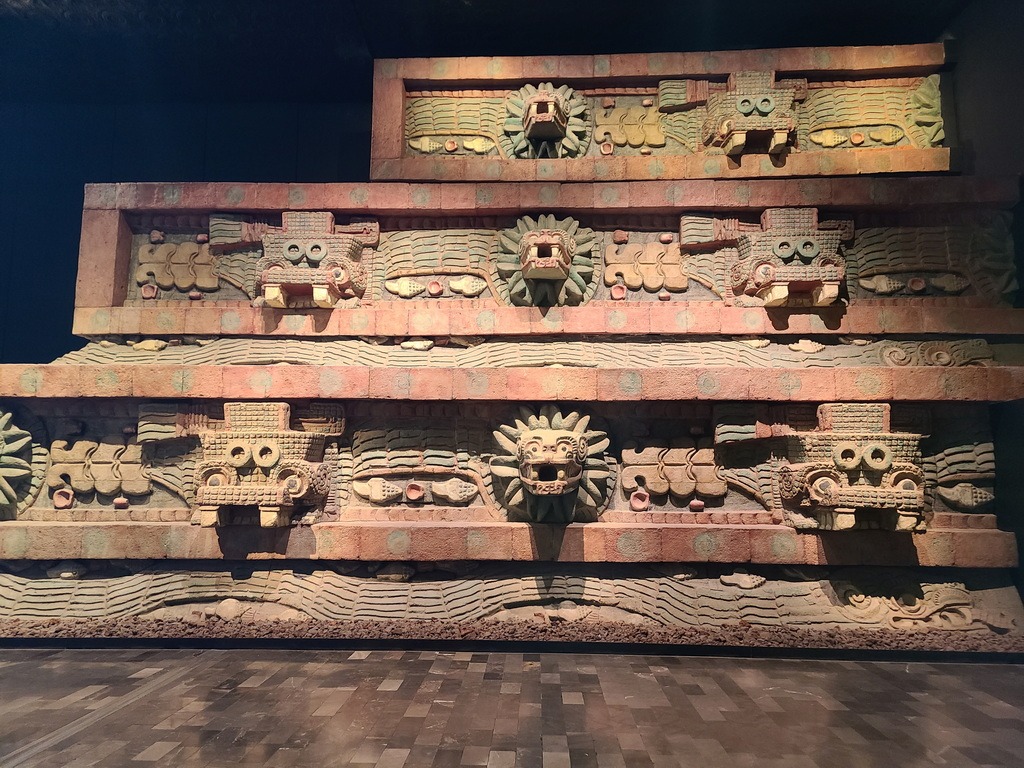
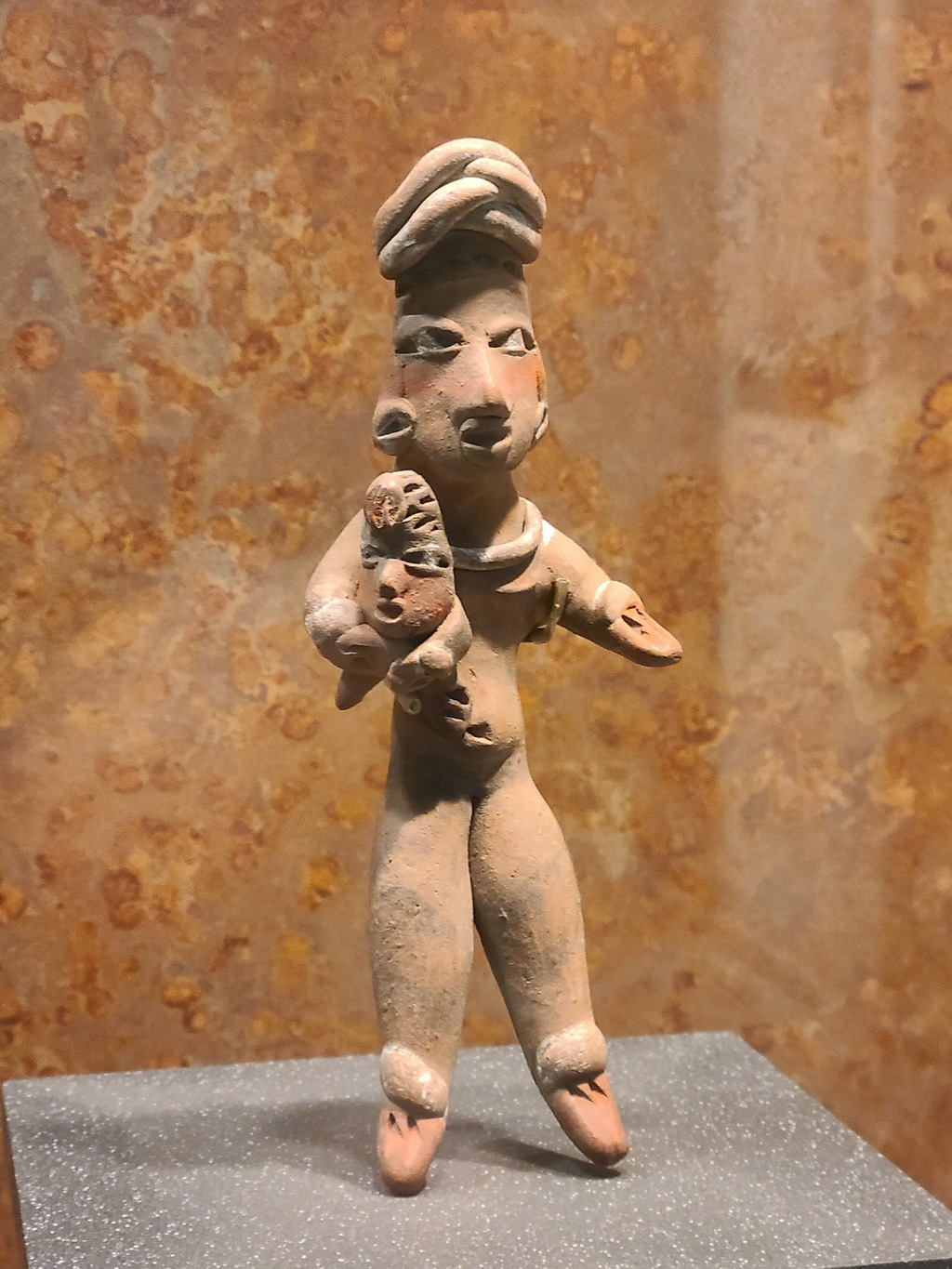
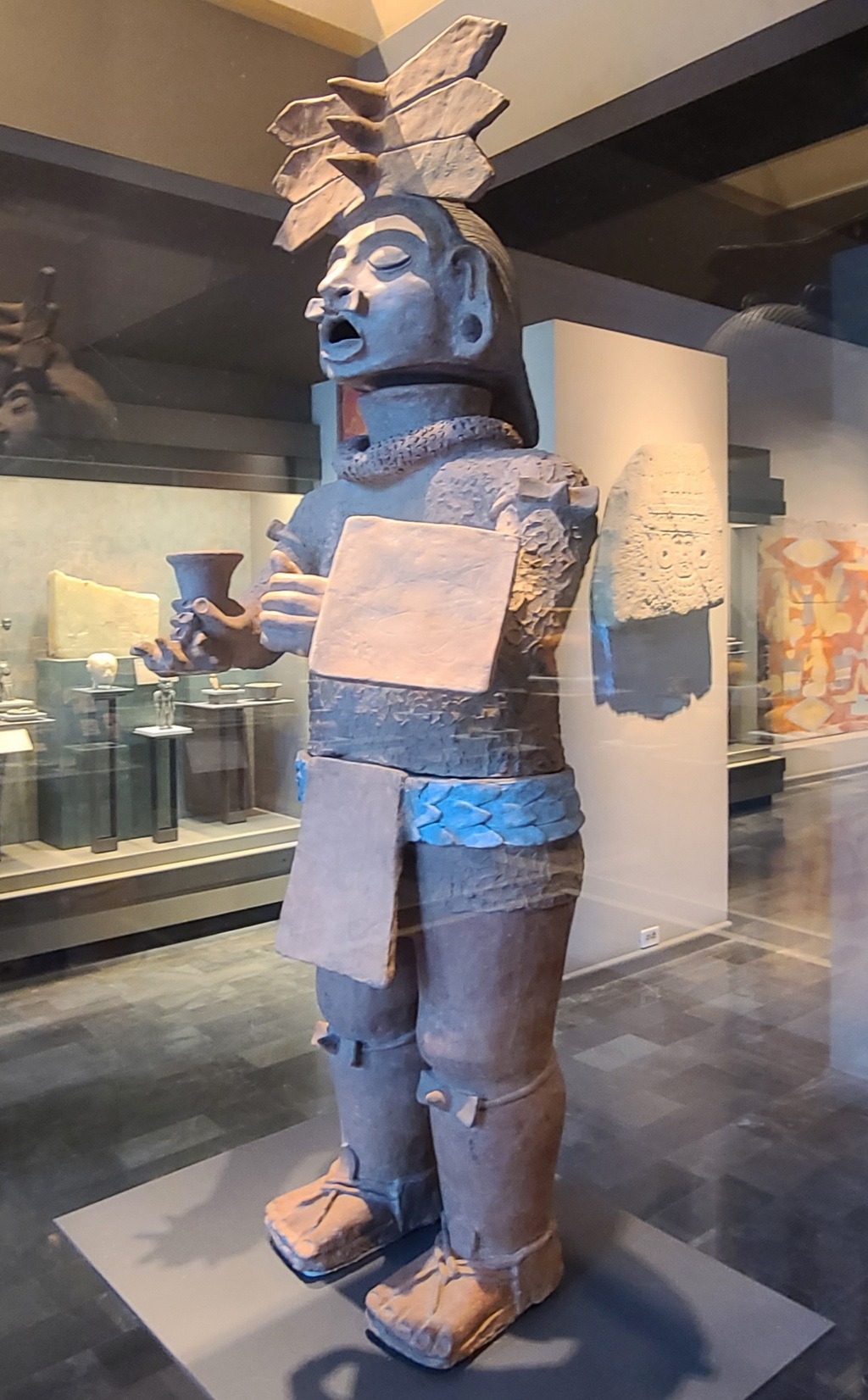
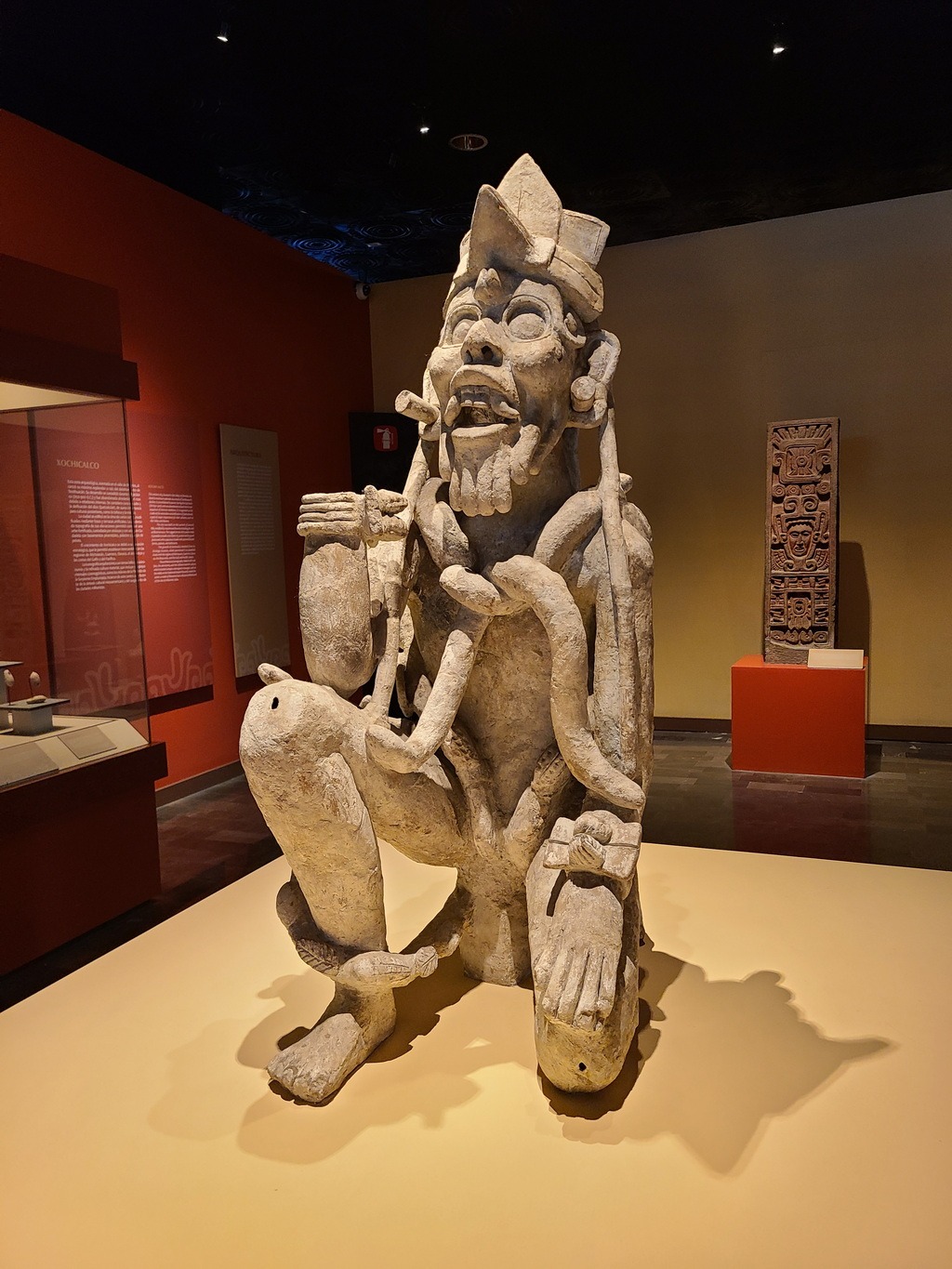
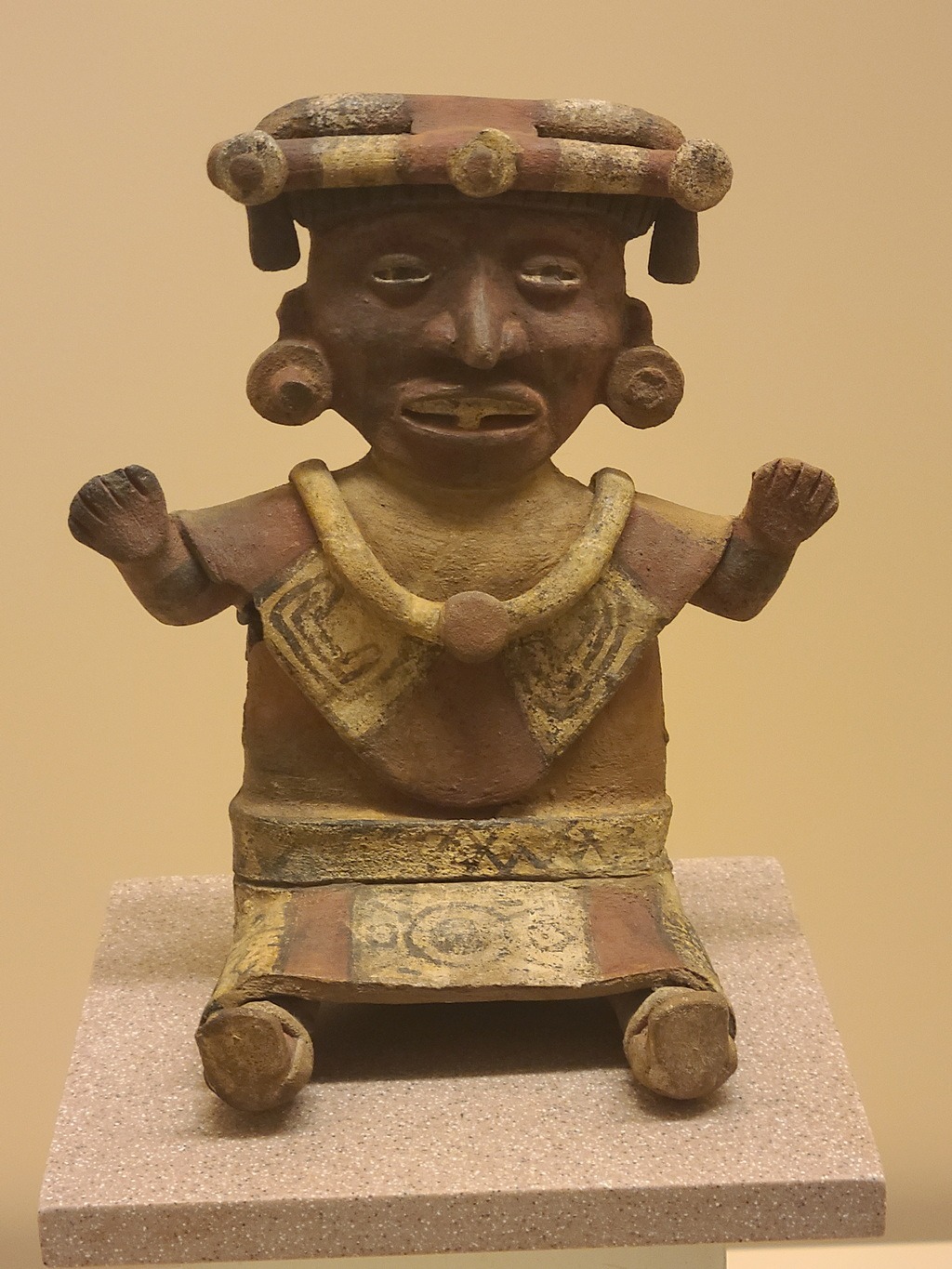
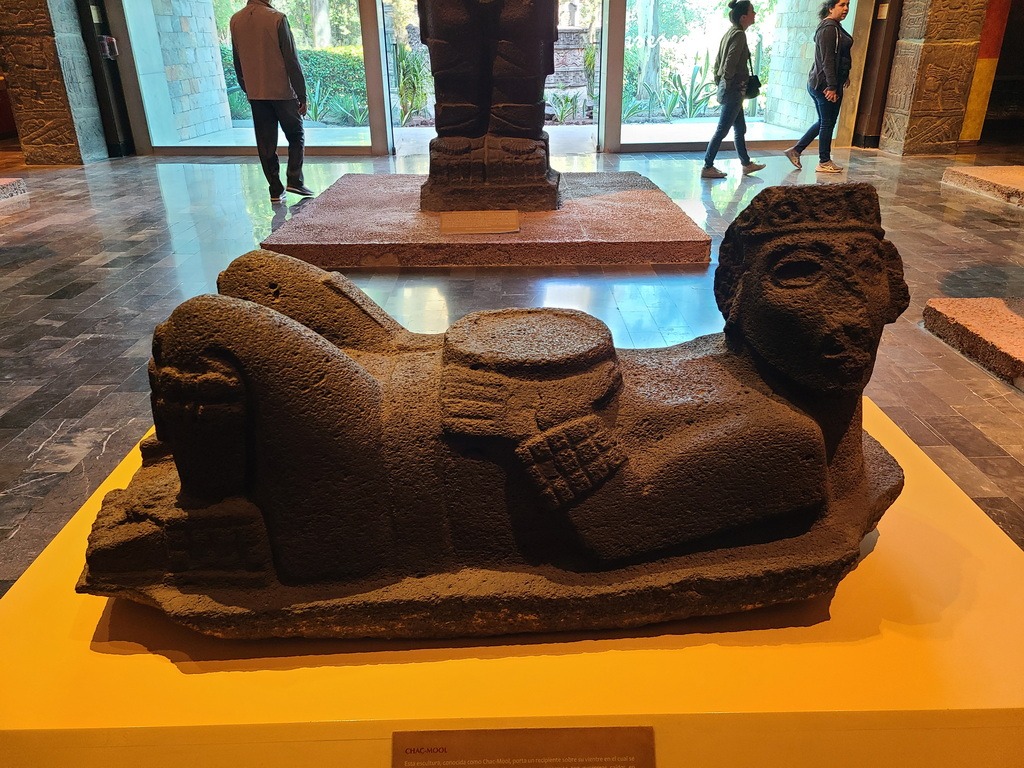
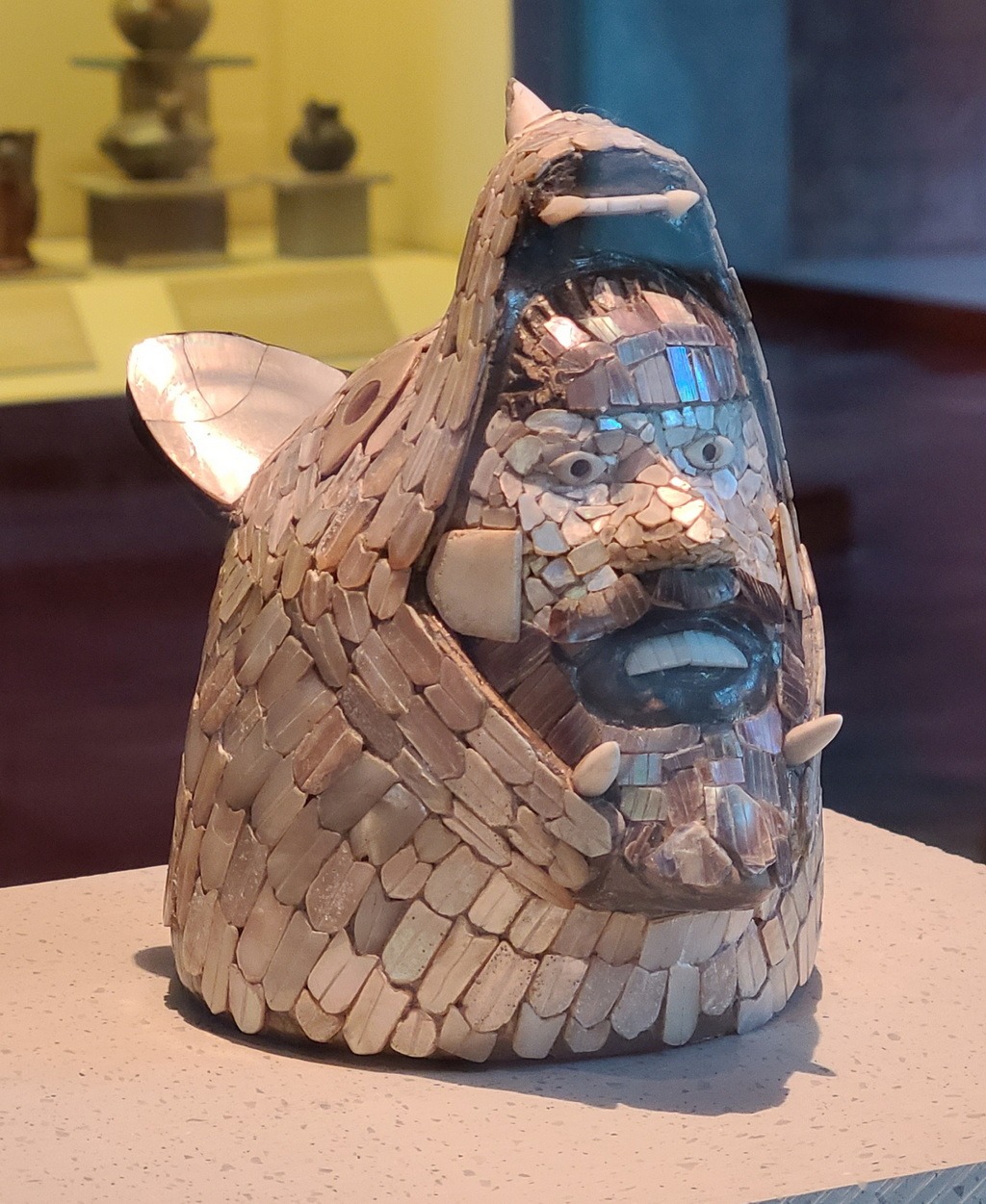
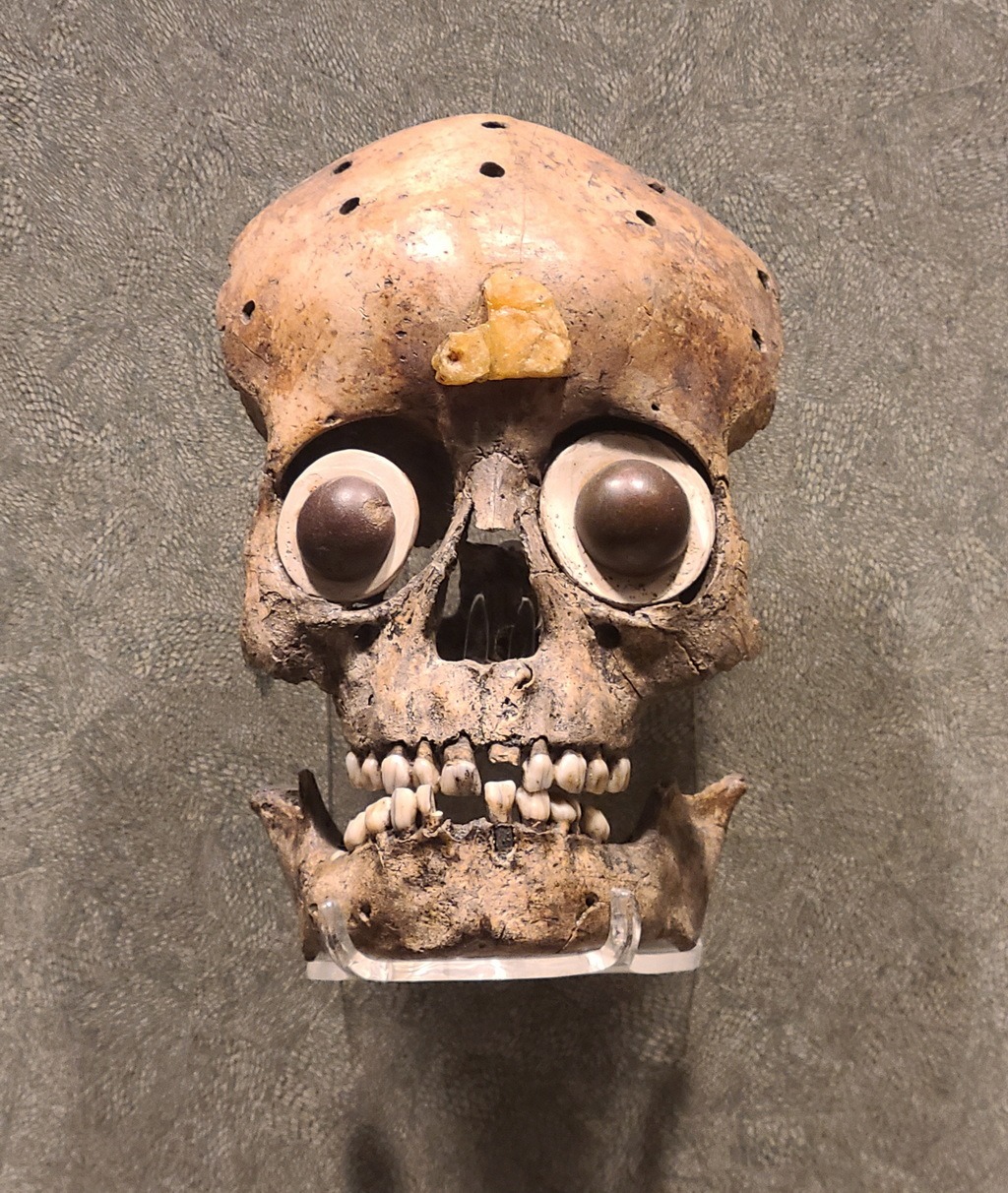
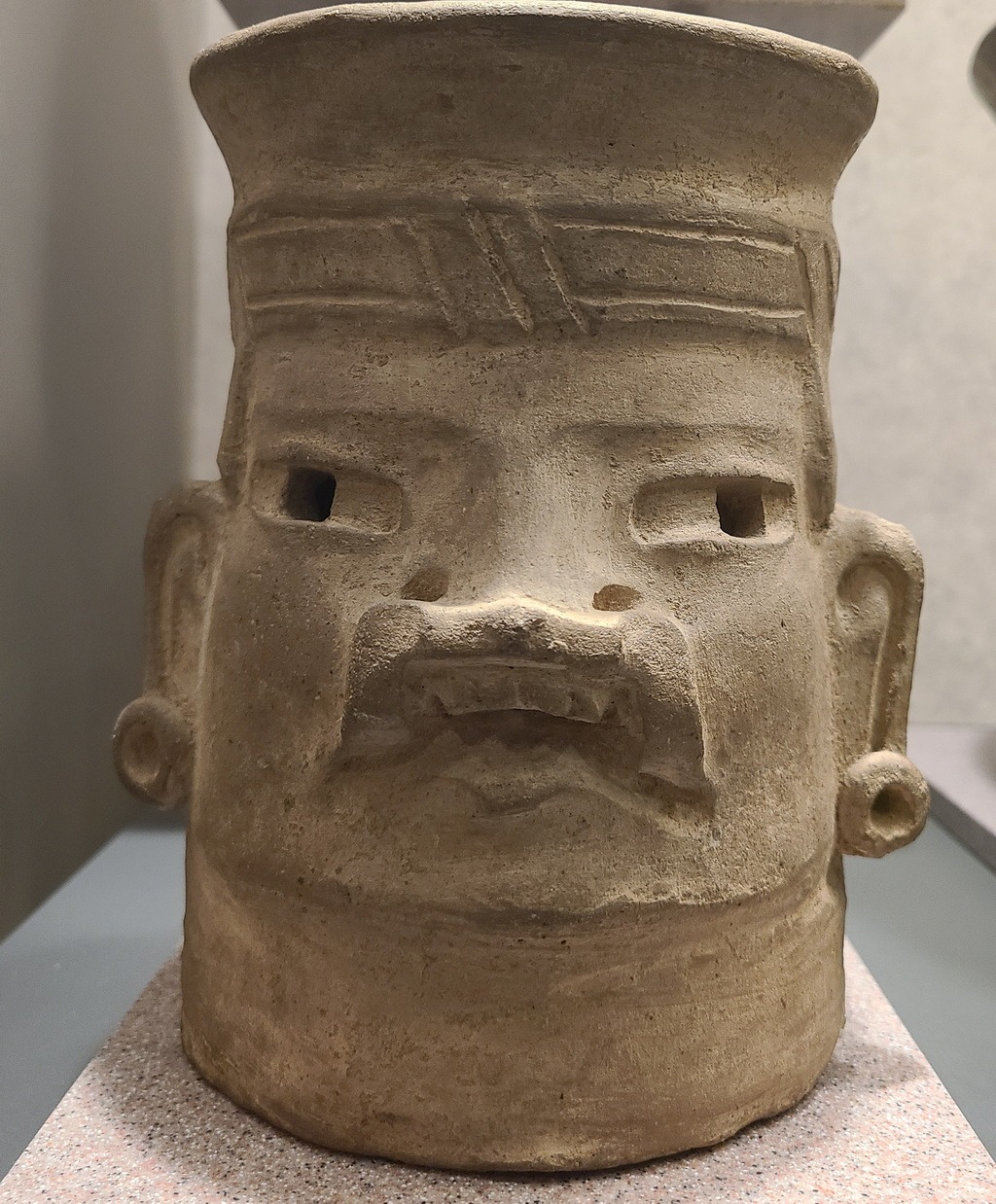
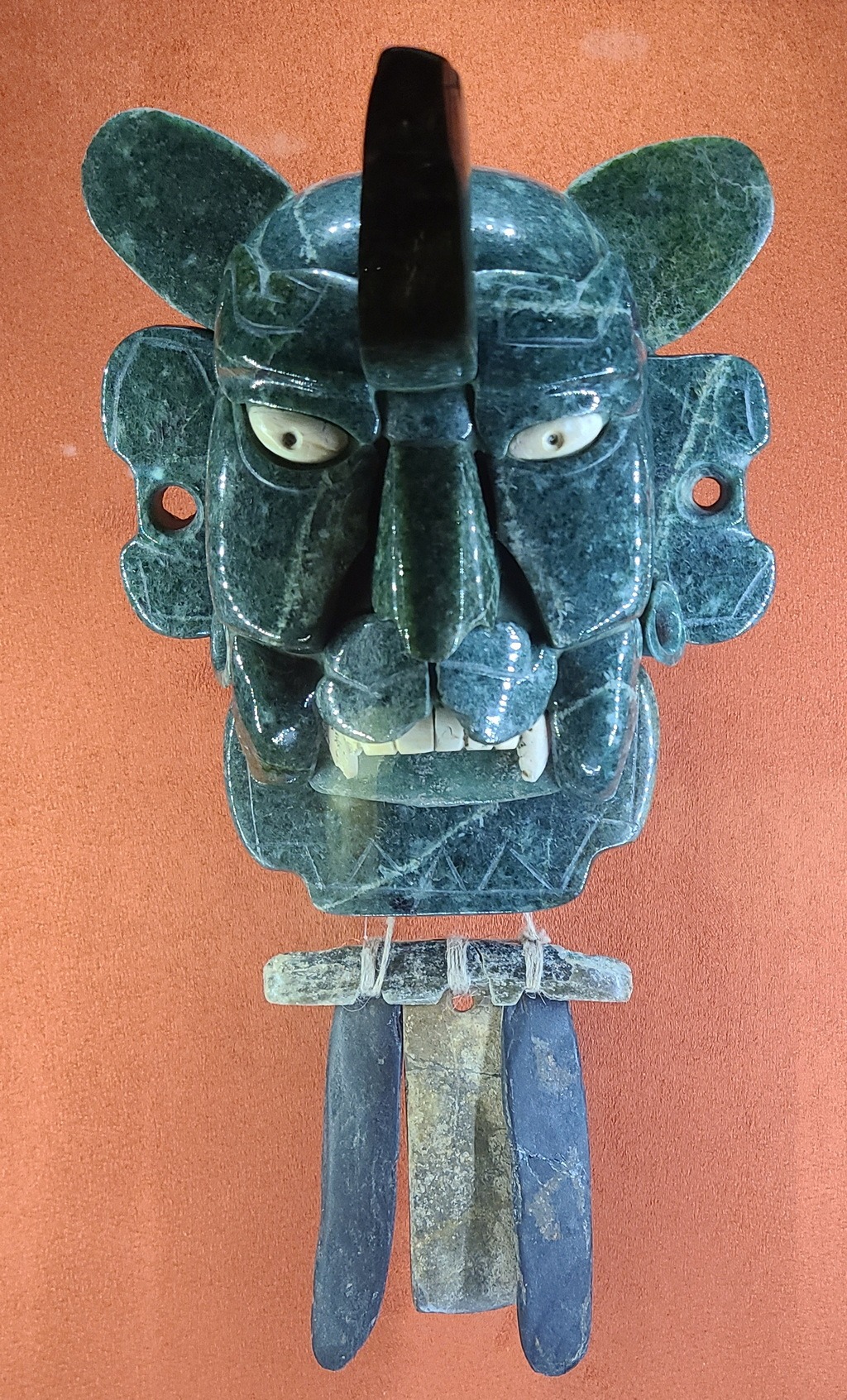
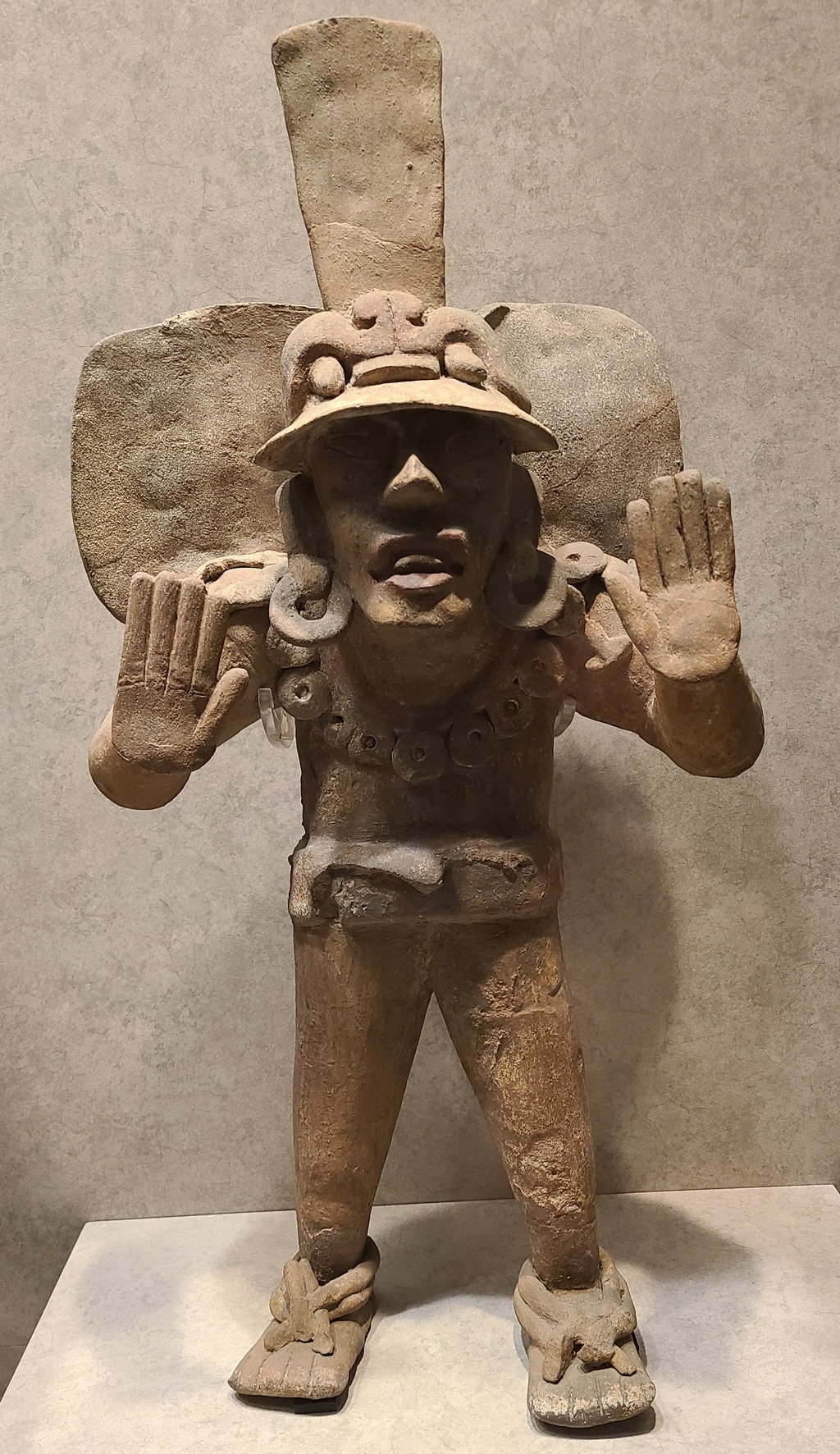
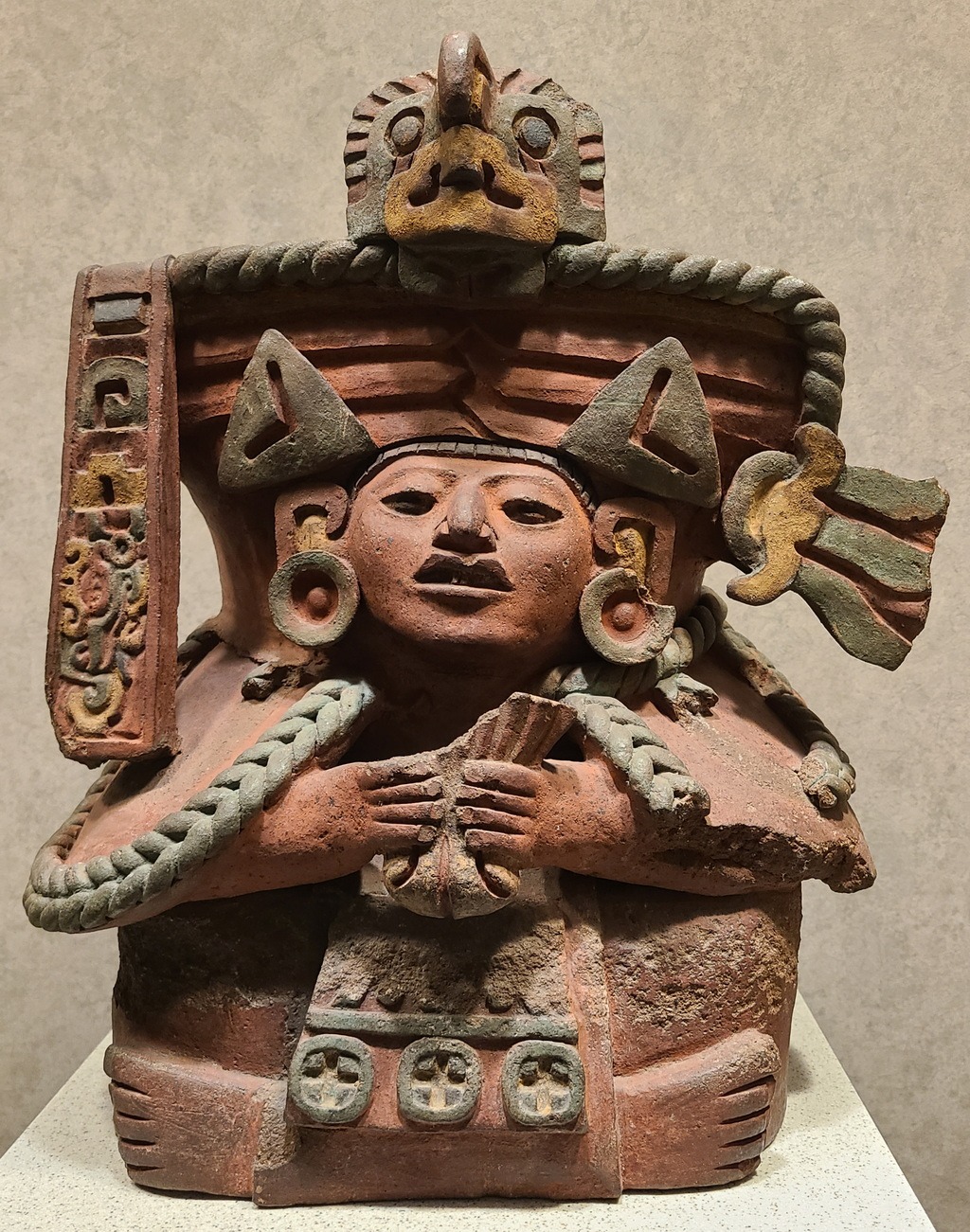
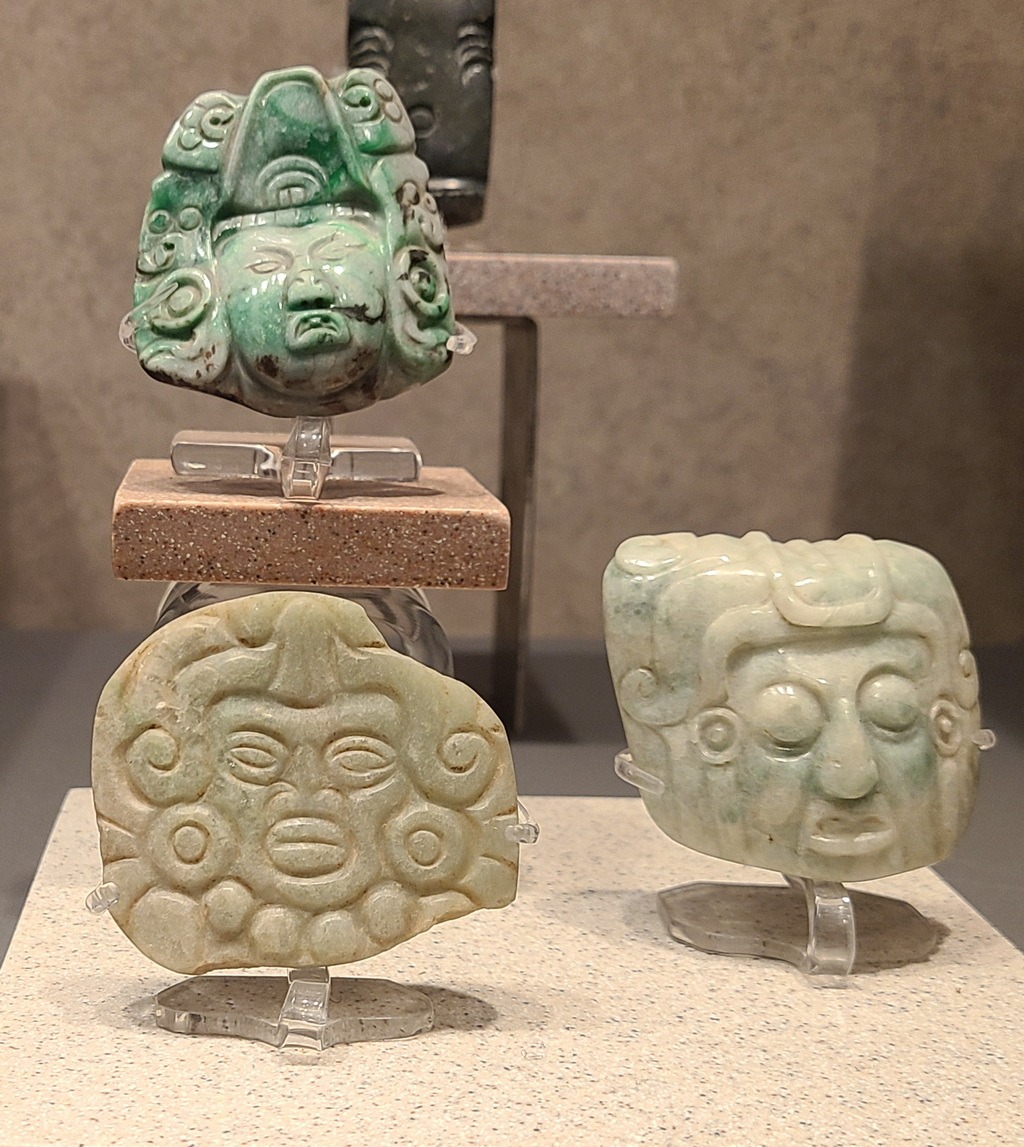
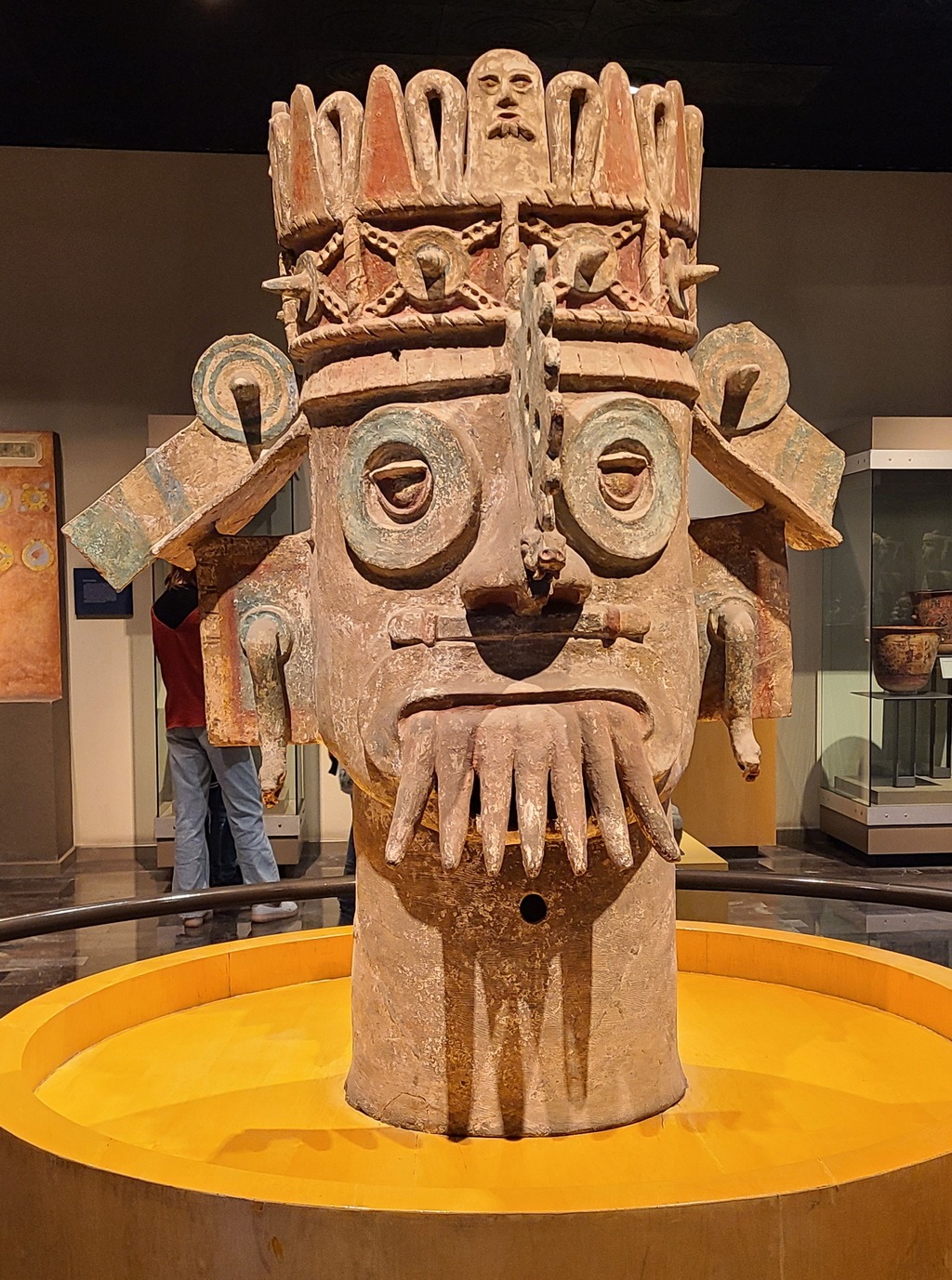
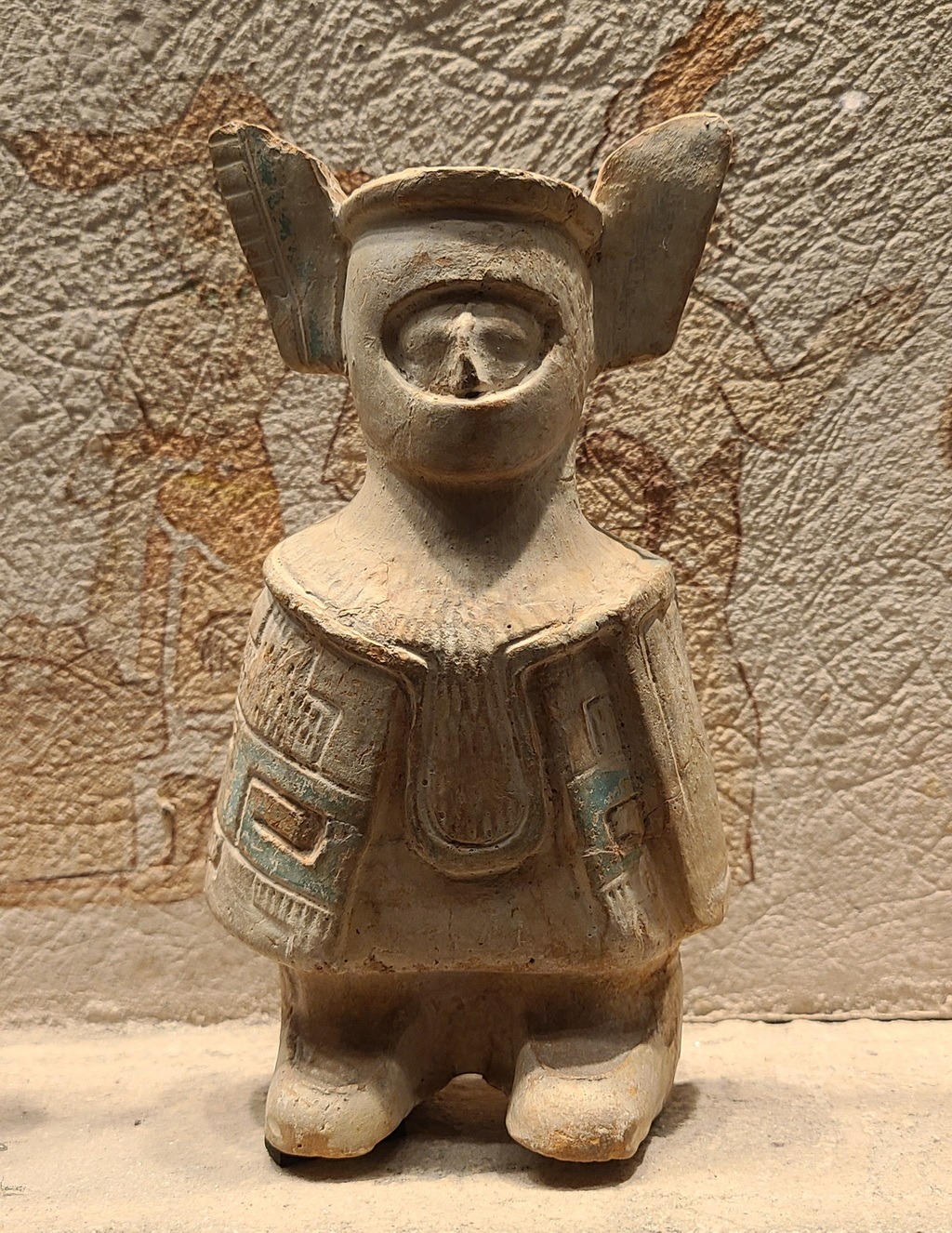
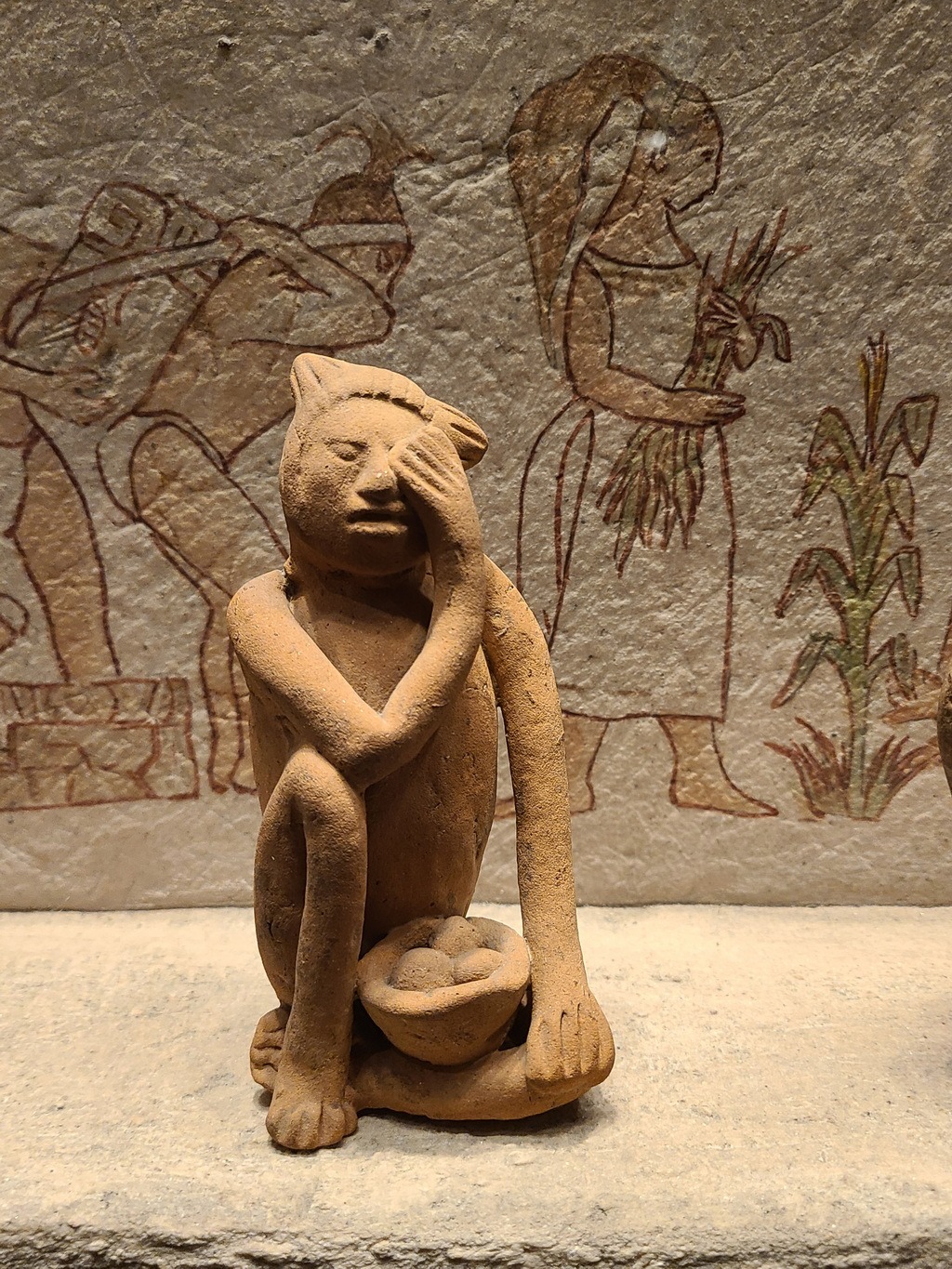
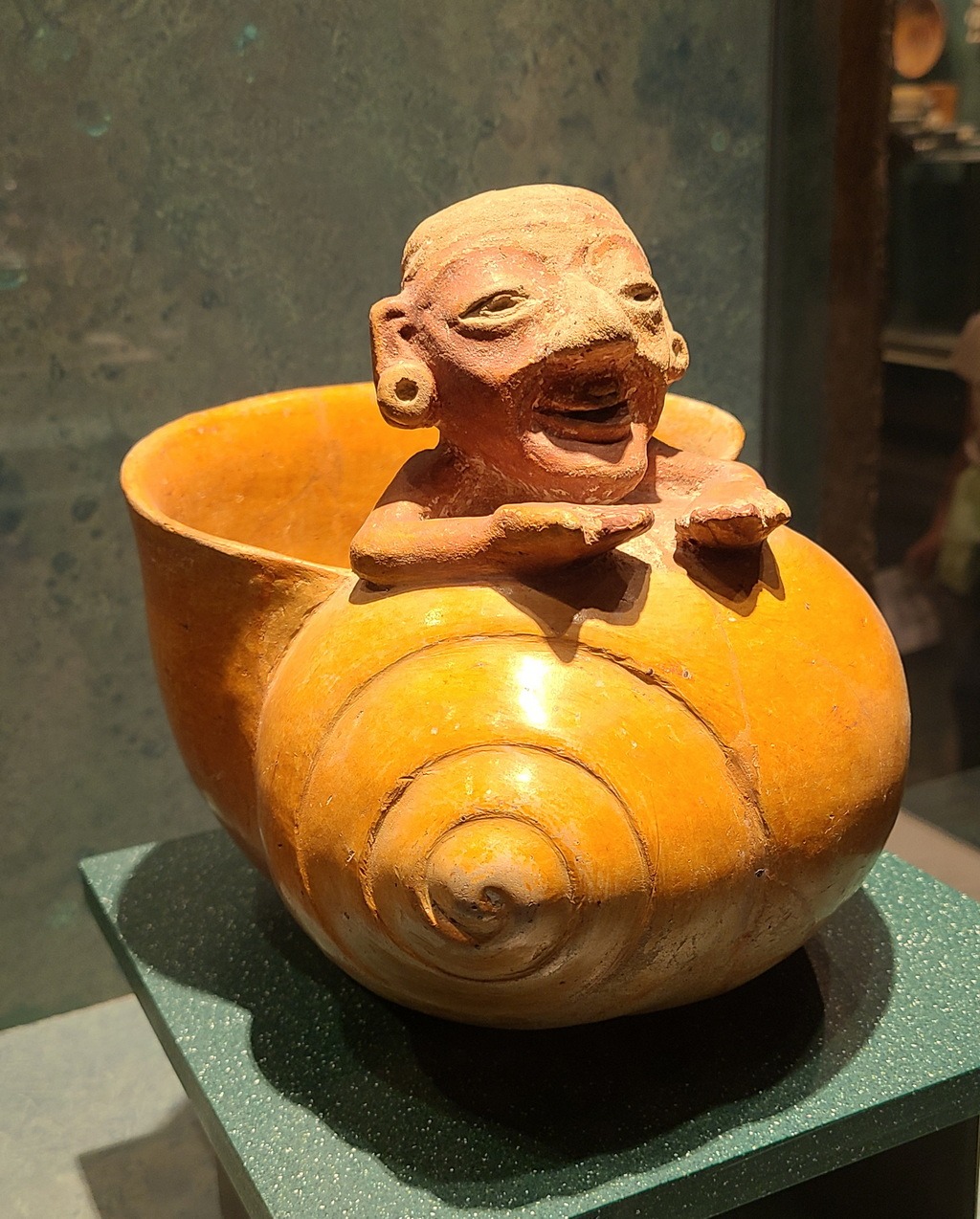
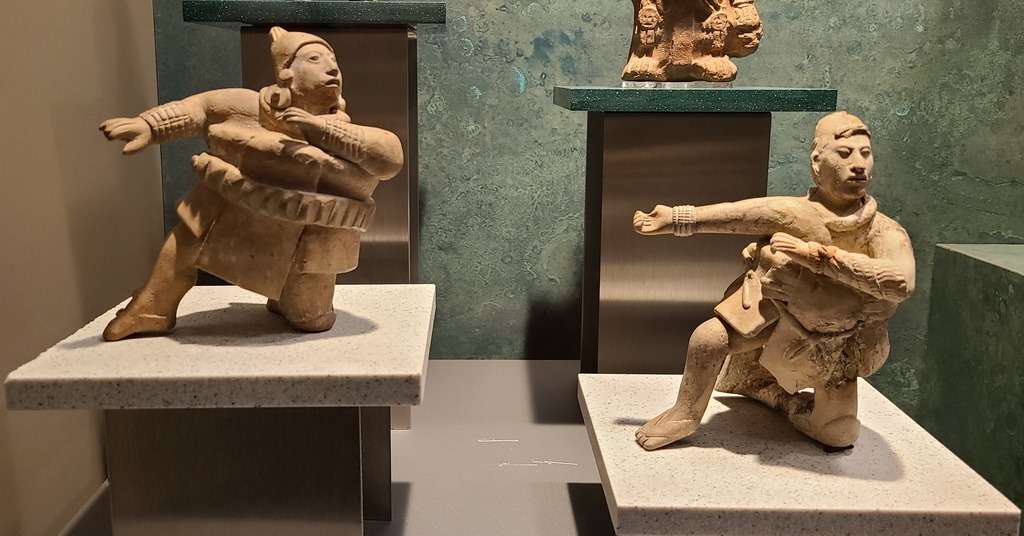
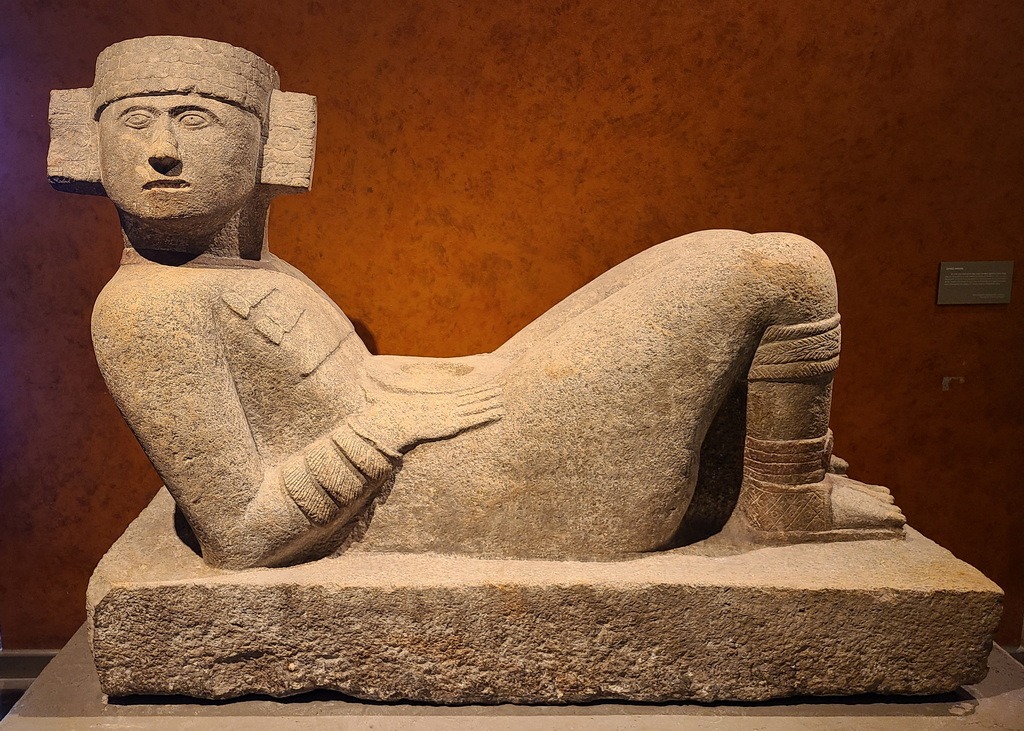
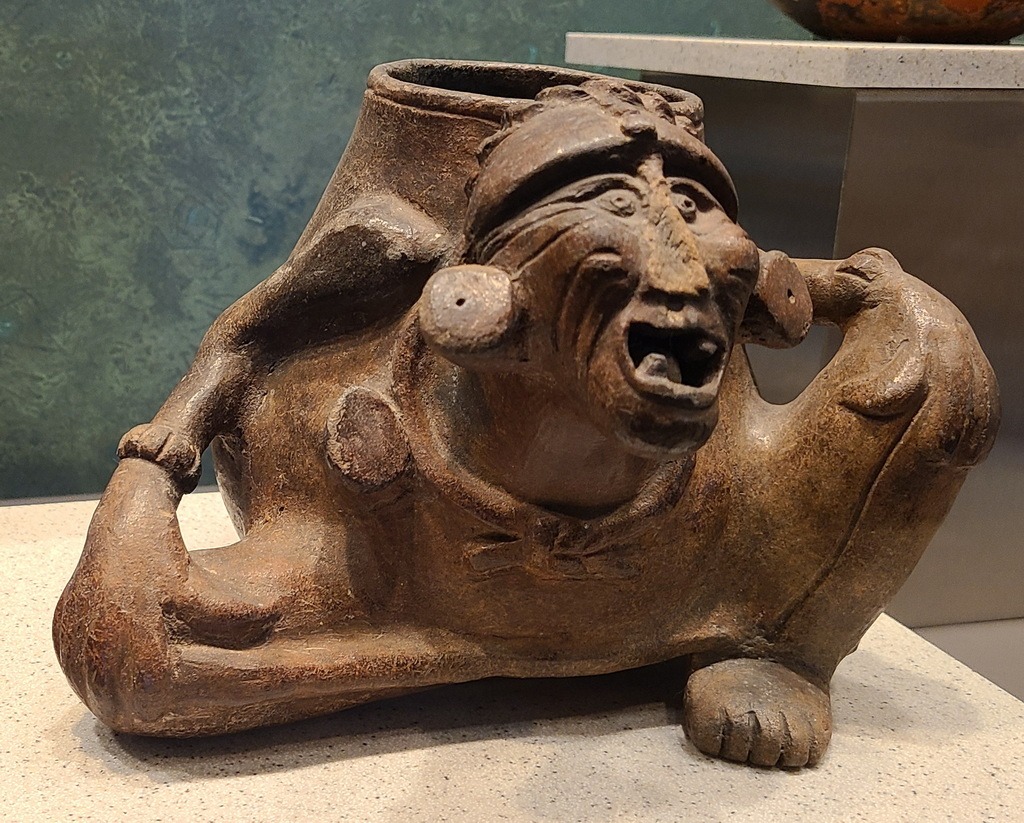
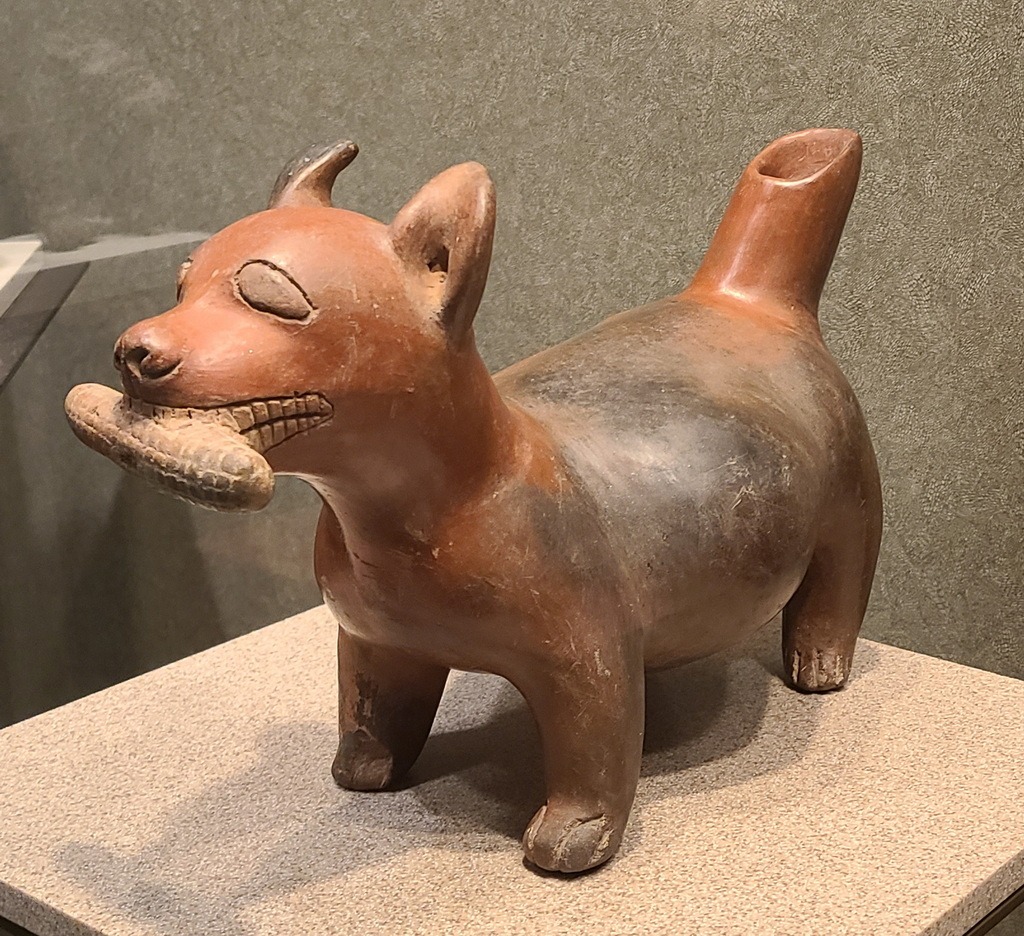
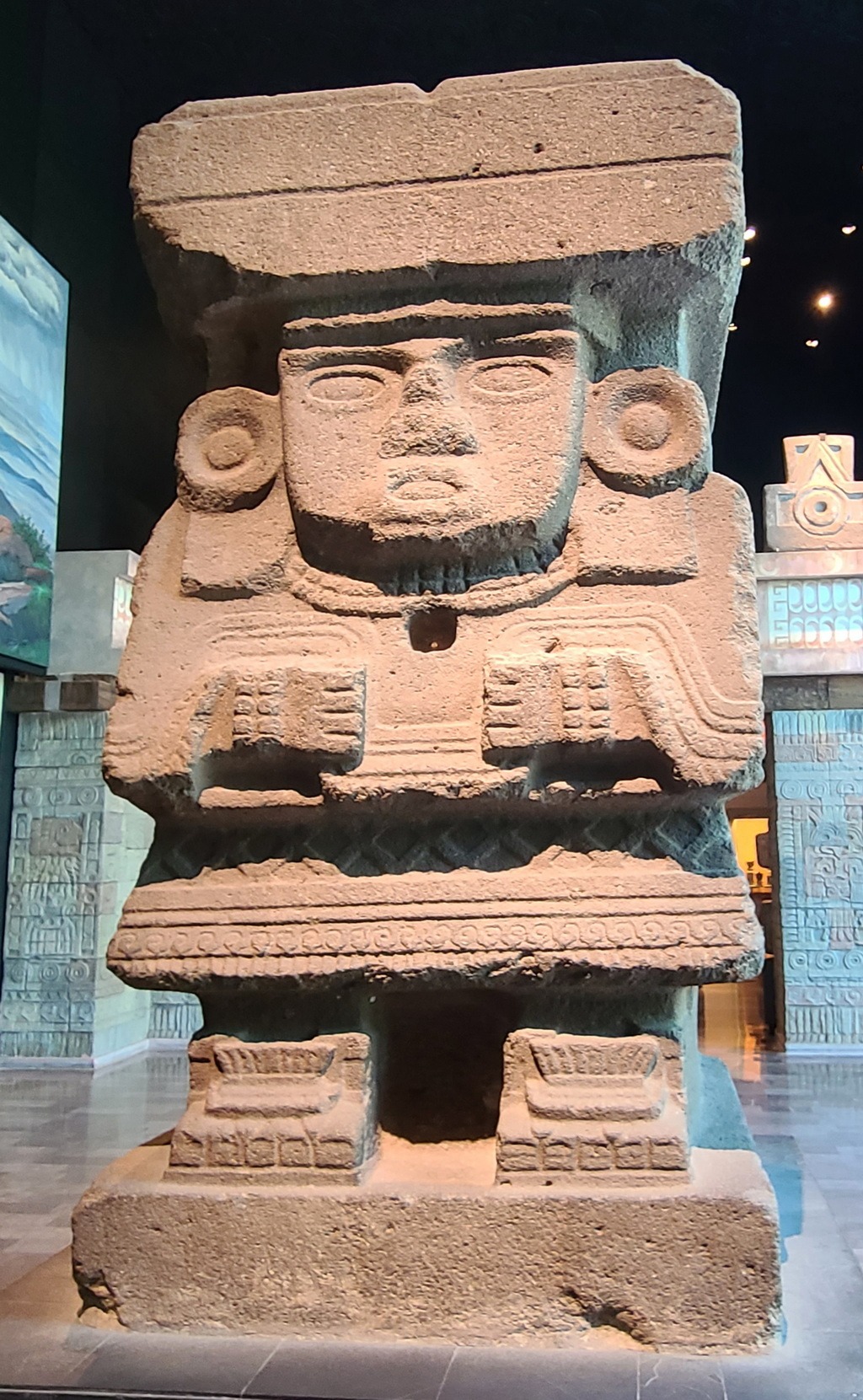
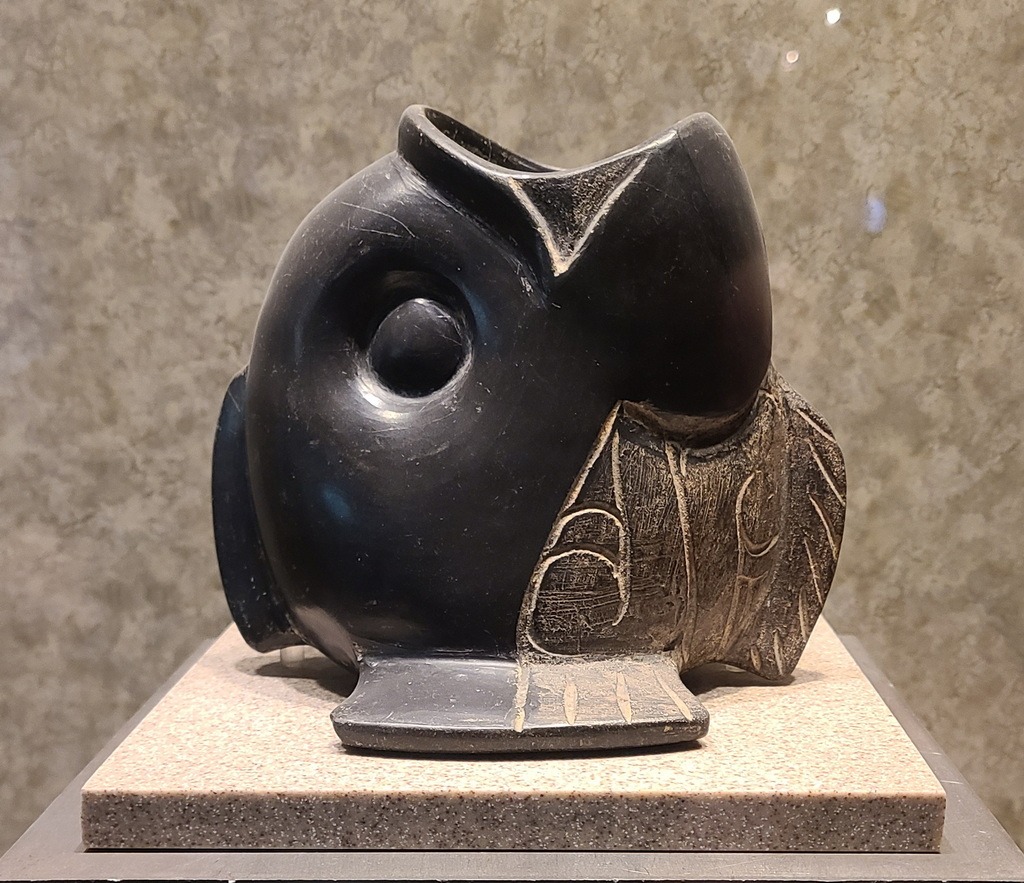

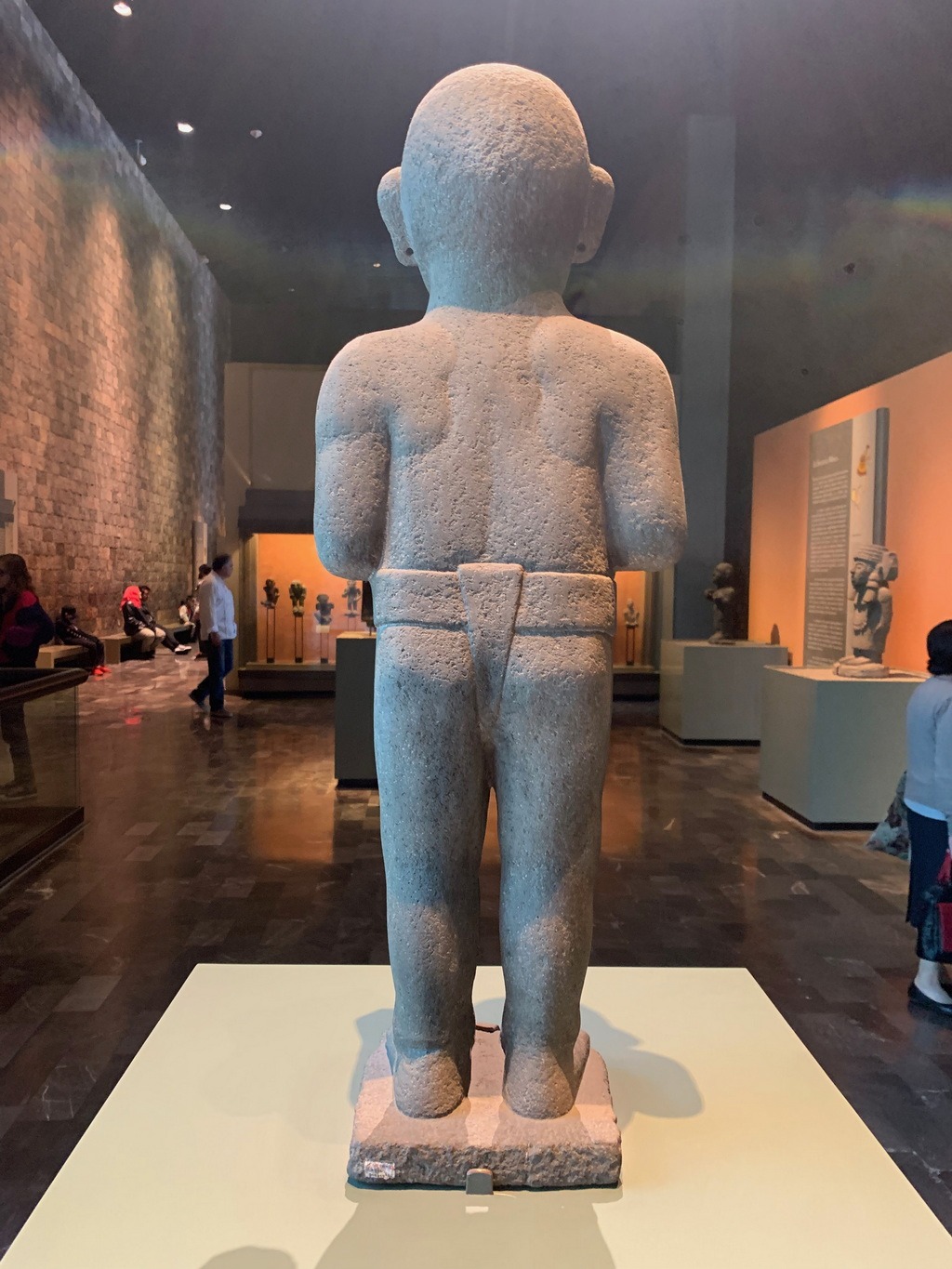
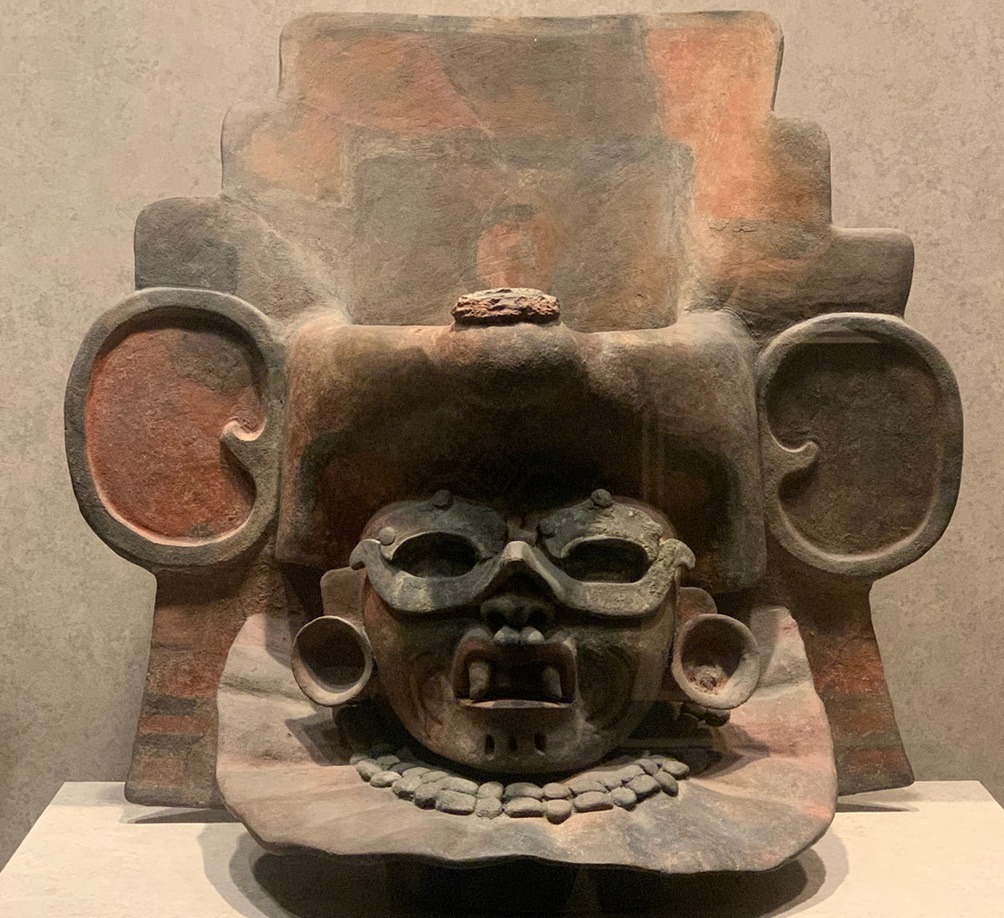
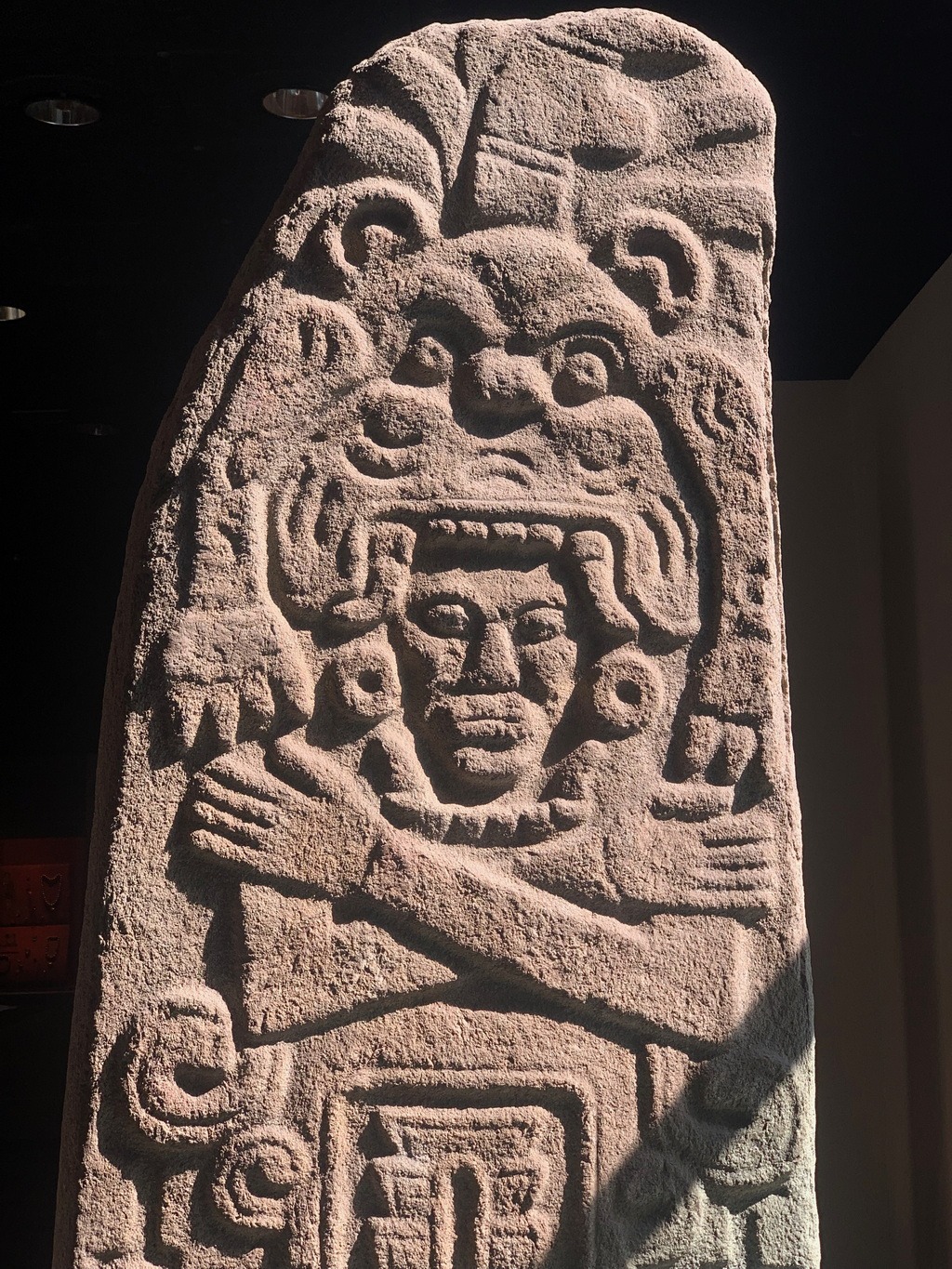
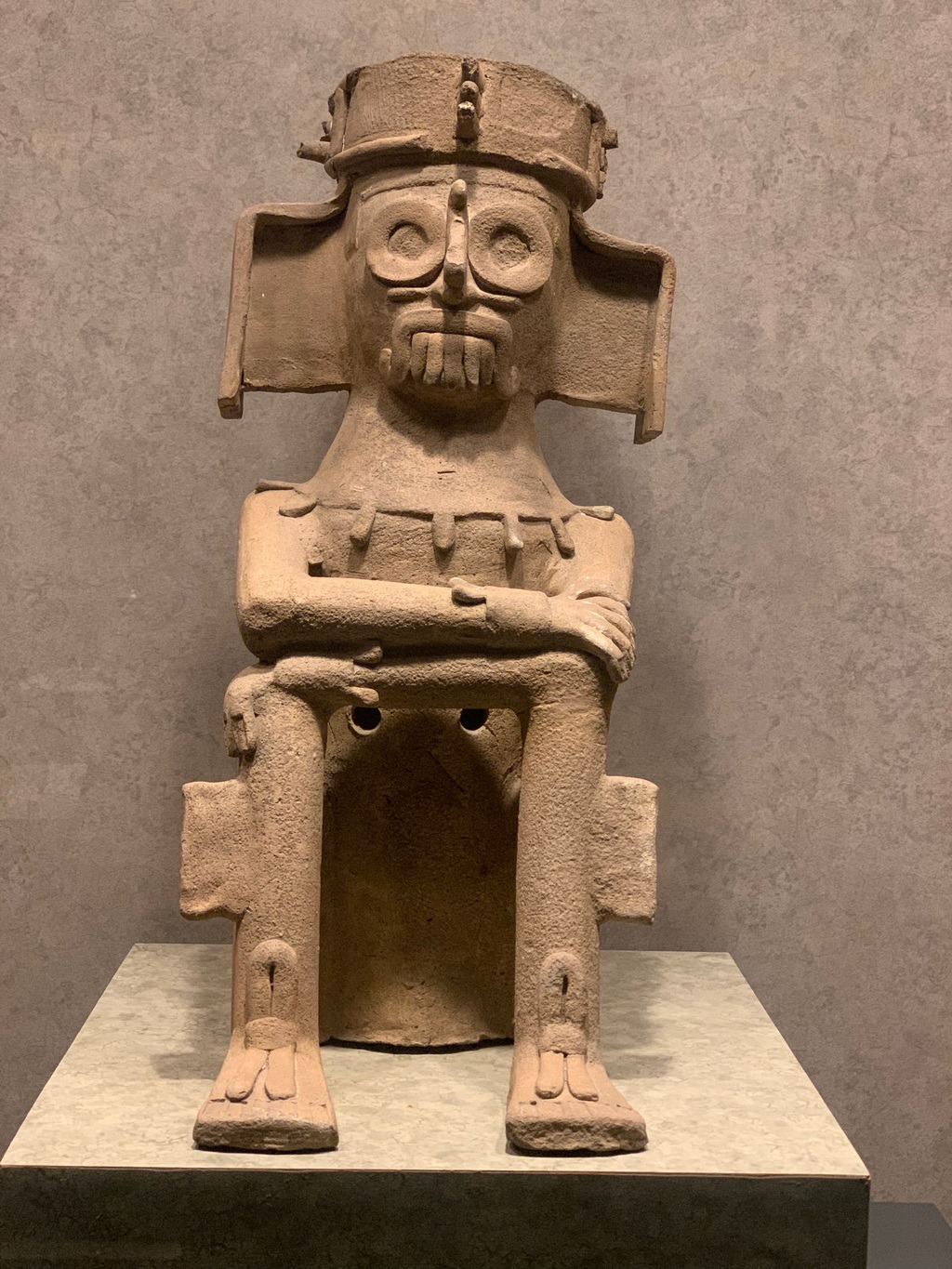
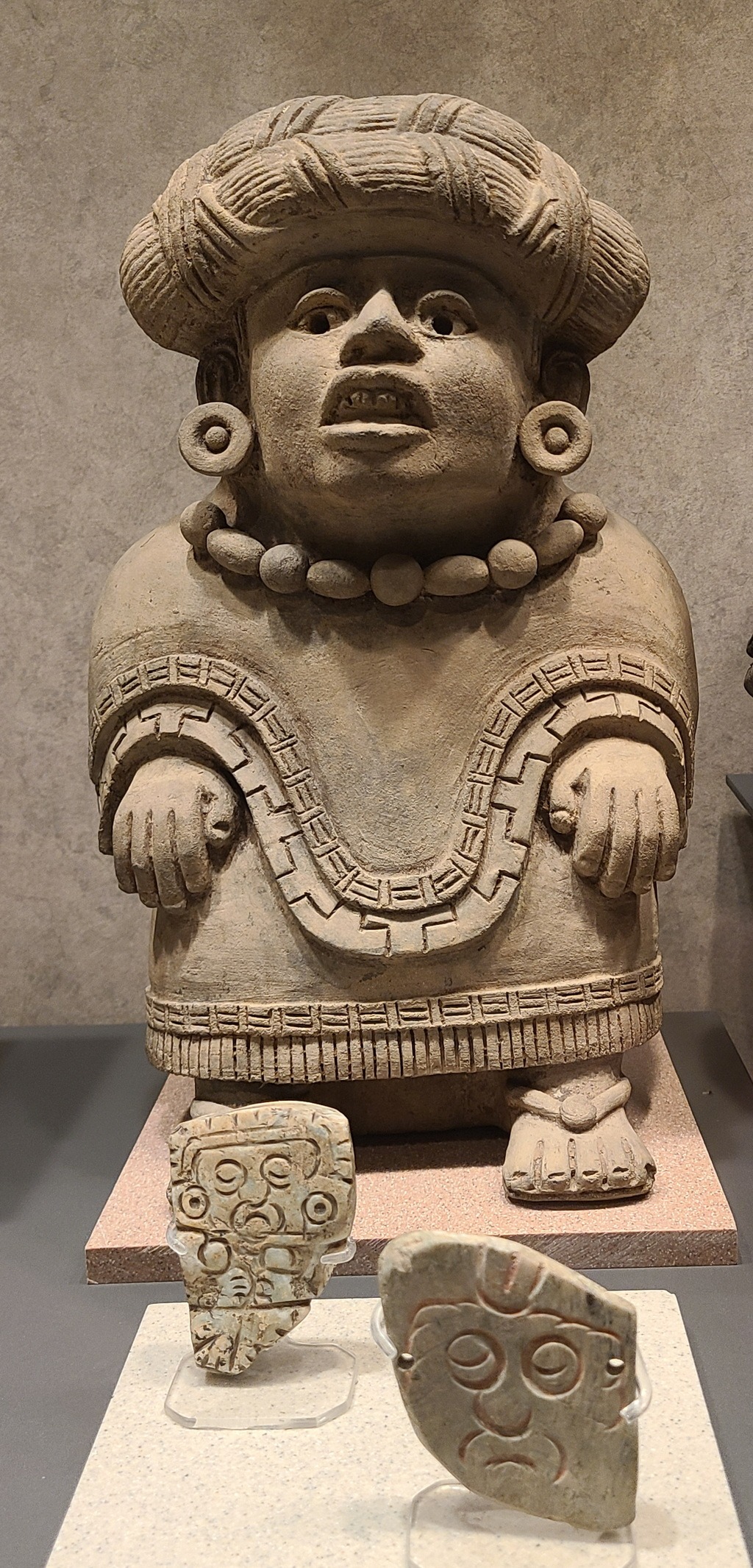
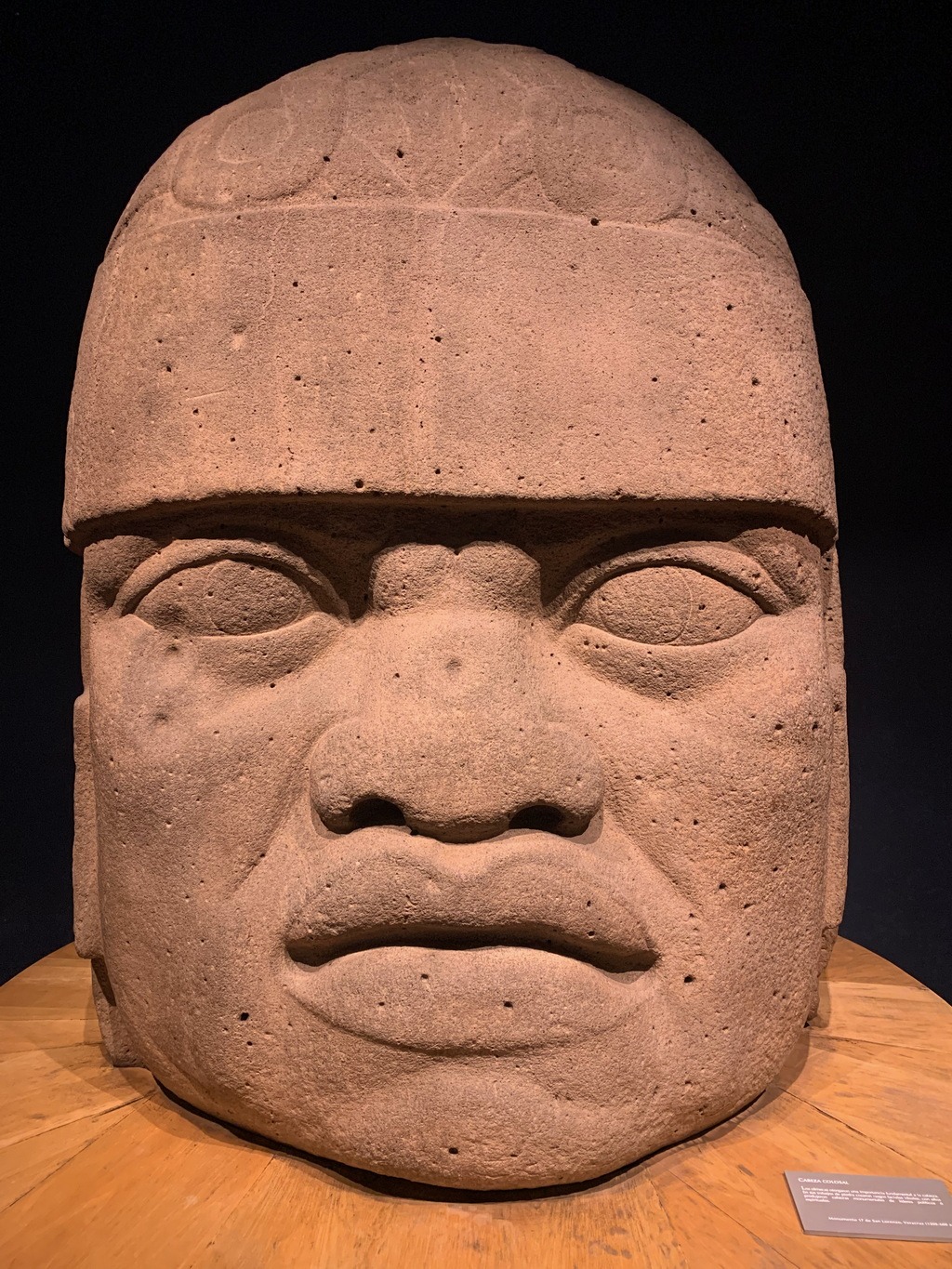
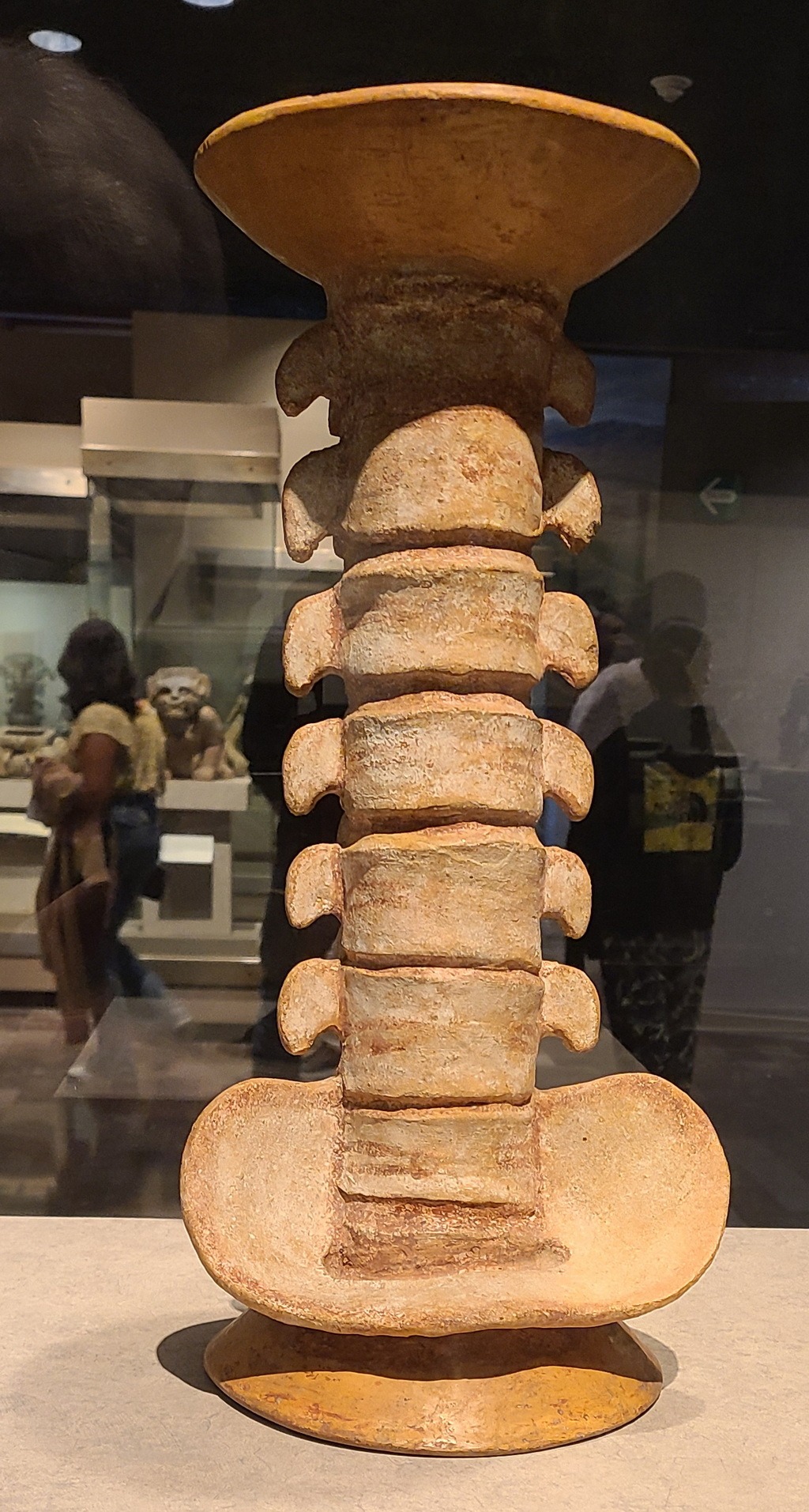
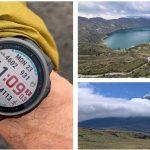
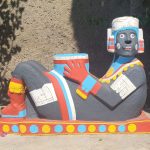
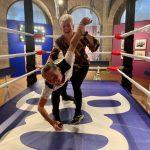
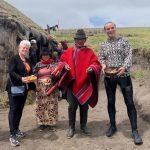
[…] some more cycling and sightseeing we had a pulque tasting at *Pulqueria la Canica. See Magnificent Mexico City – Part 1 for more information about […]
Wow! The Anthropology Museum looks amazing!
[…] (You can read Part 1 at https://temafrank.com/magnificent-mexico-city-part-i/) […]
What a fascinating experience. I haven’t been to Mexico City and suspect I’d have the same breathing issues you have. I’m enjoying your posts immensely.
So glad you are enjoying them!
Loved the blog! Have not been to Mexico City but your blog intrigues me!